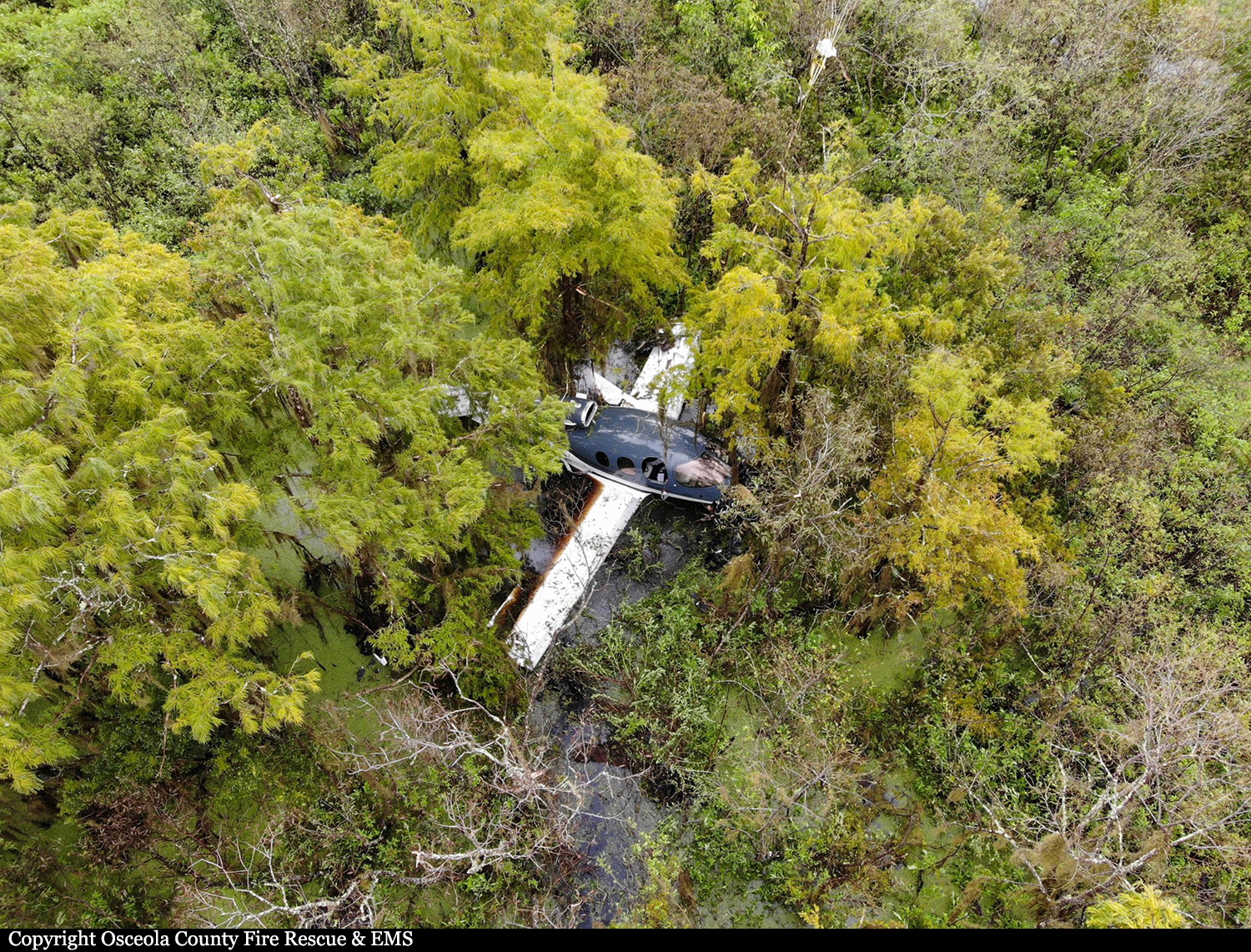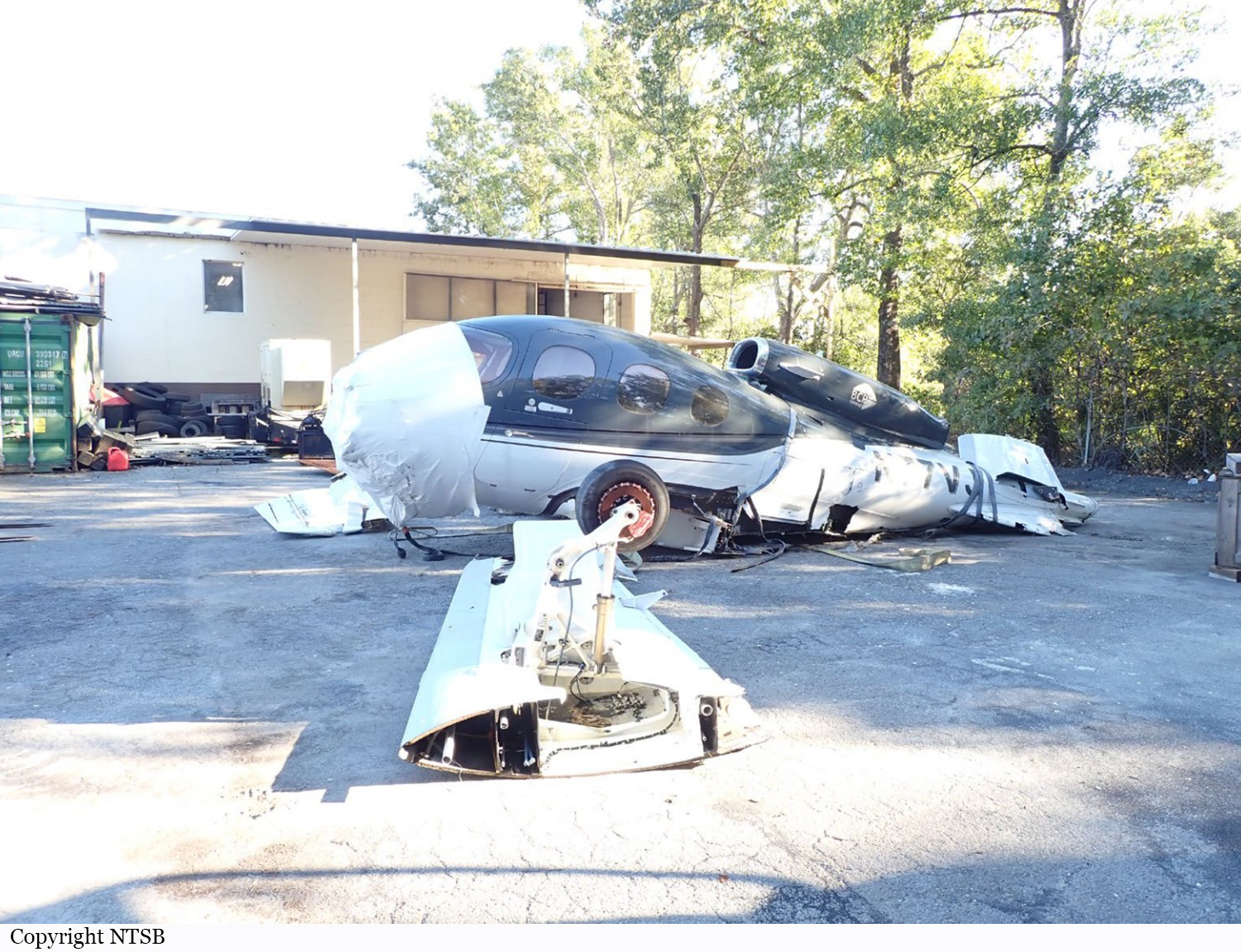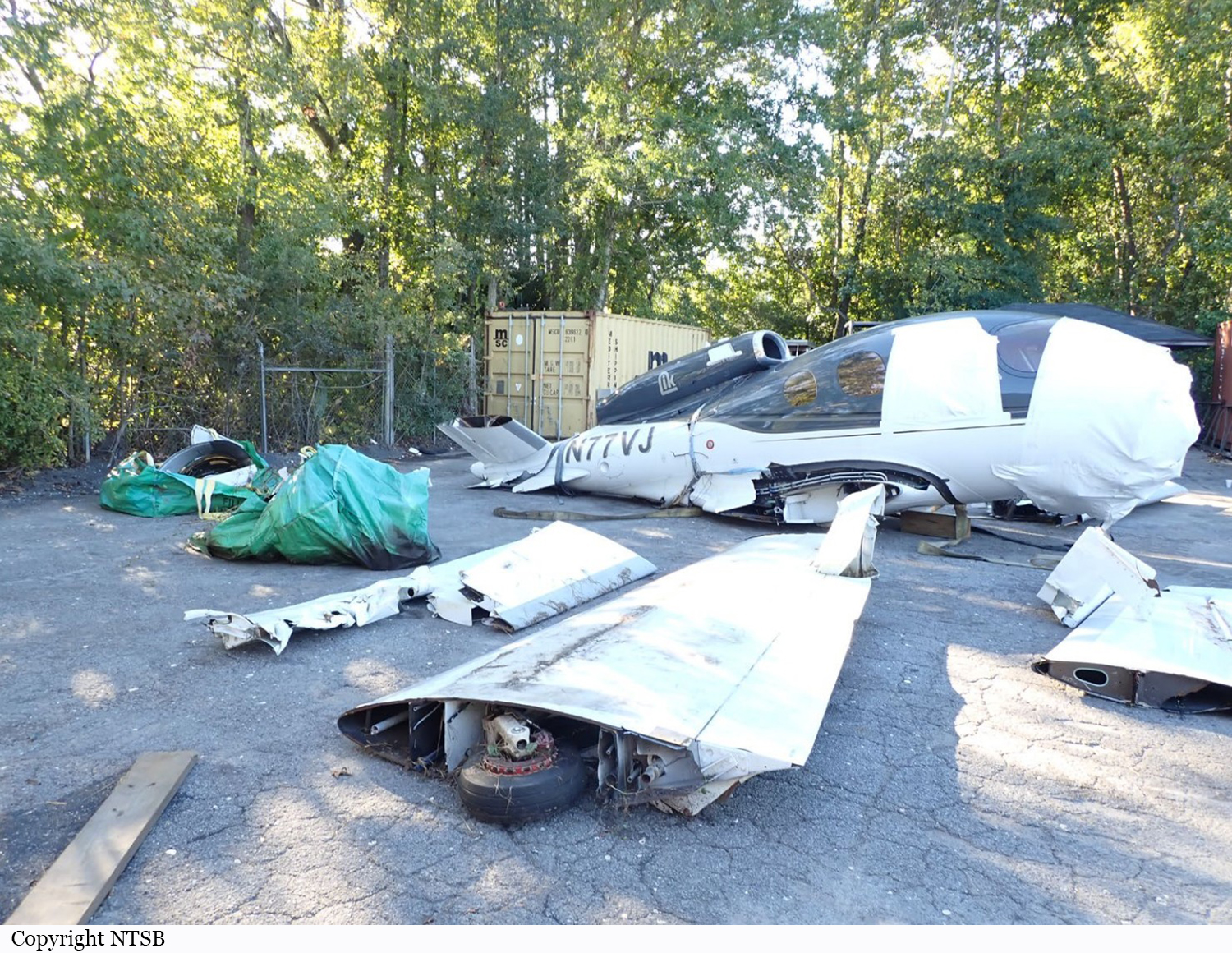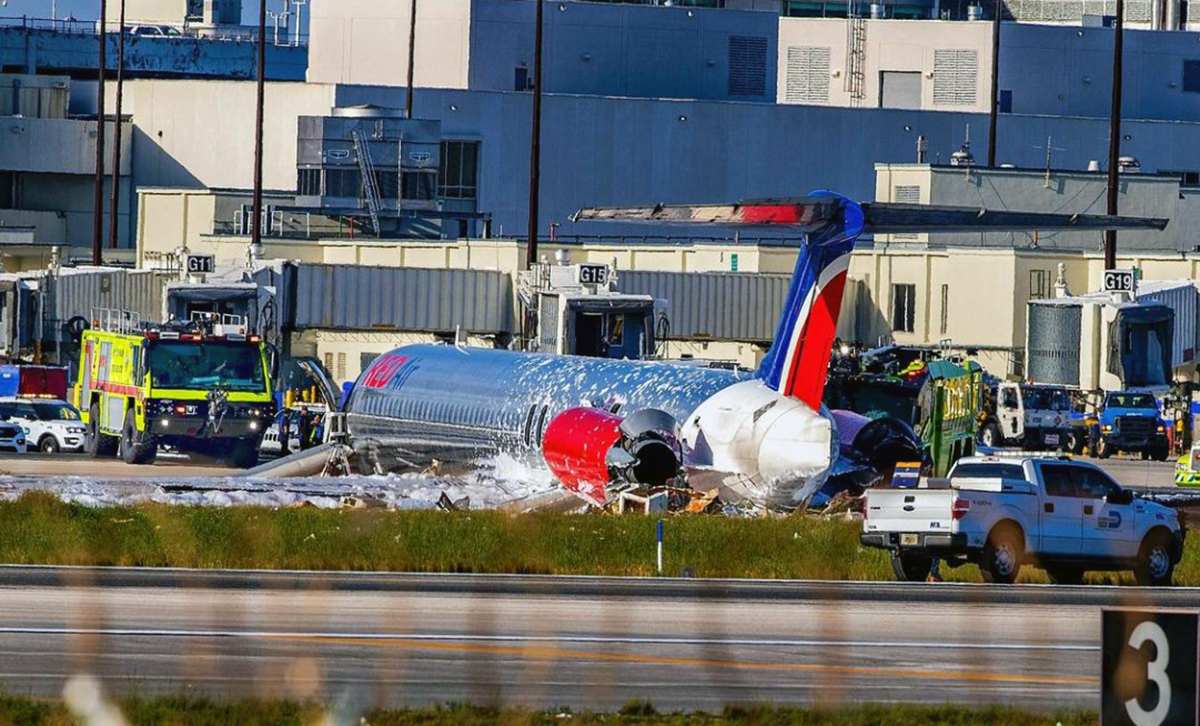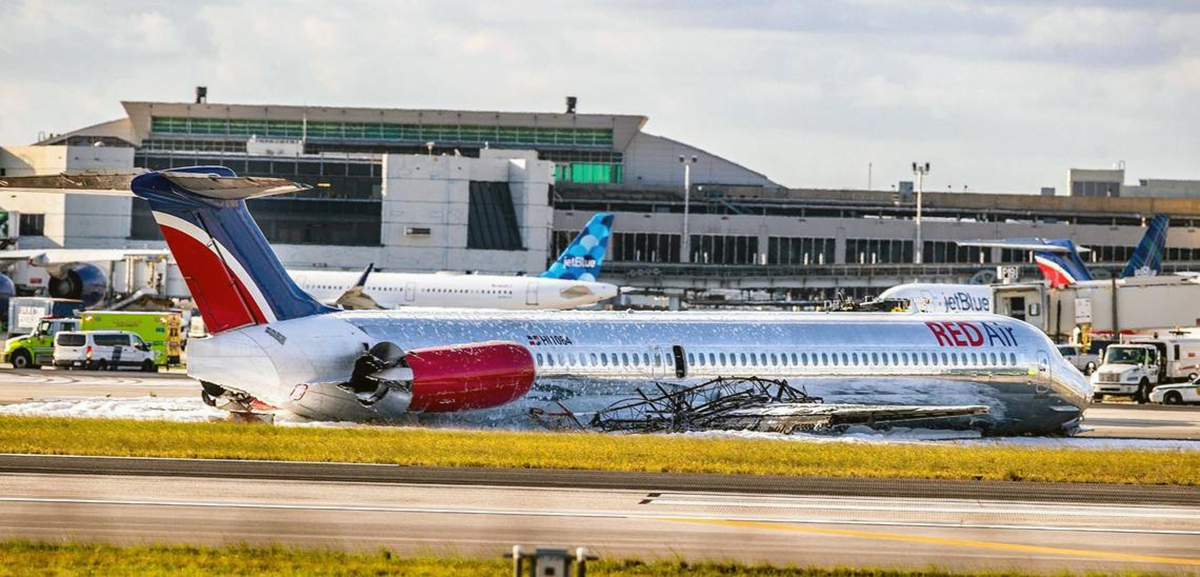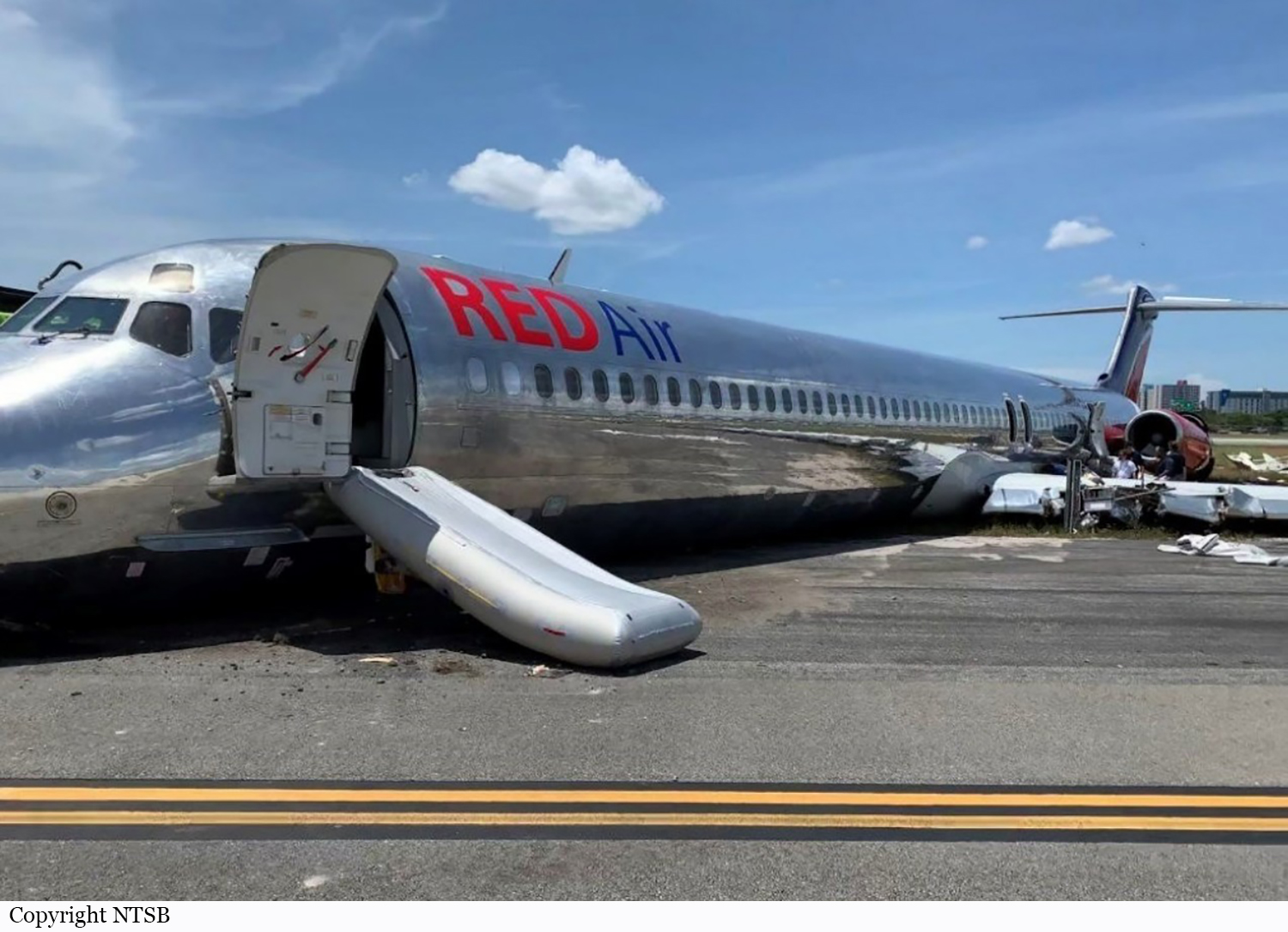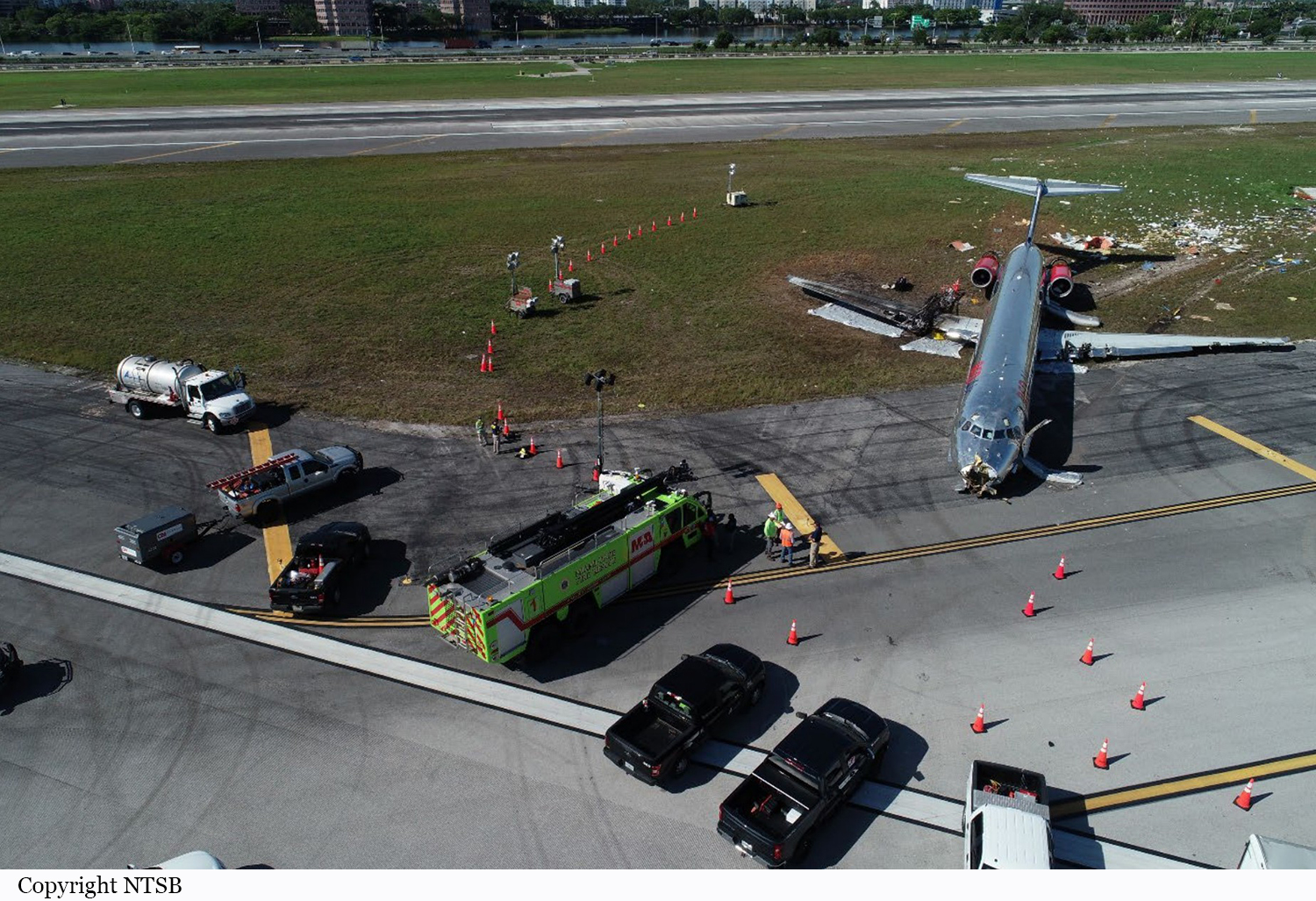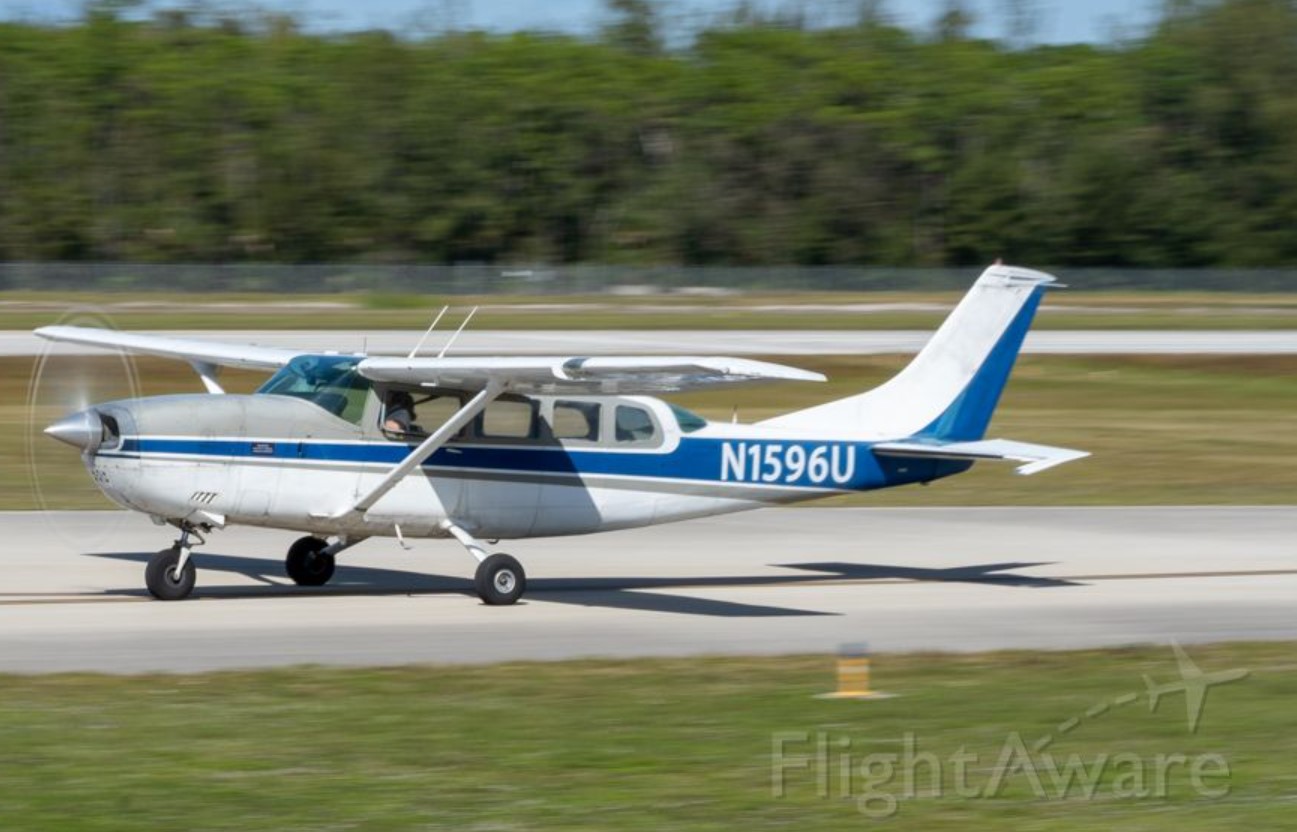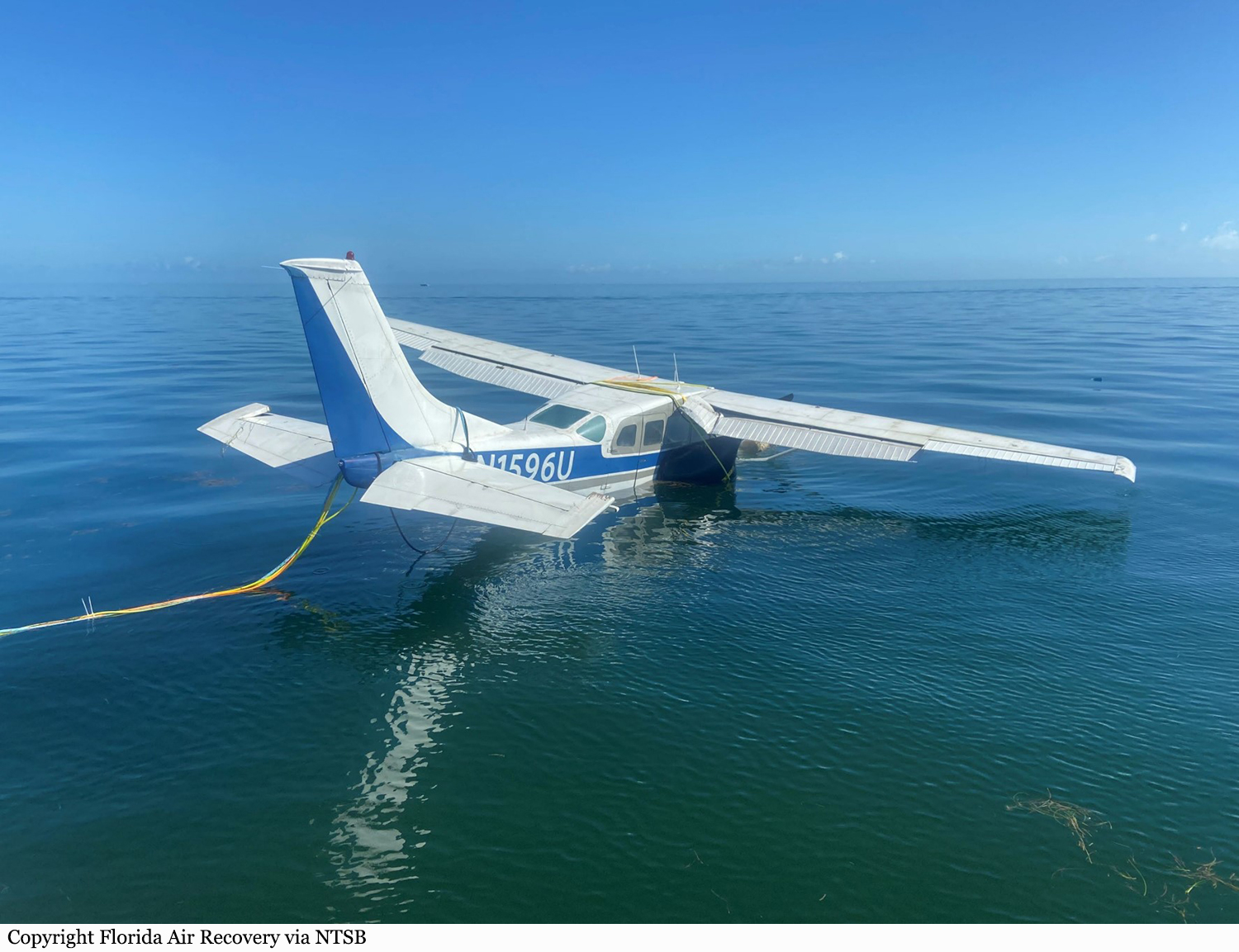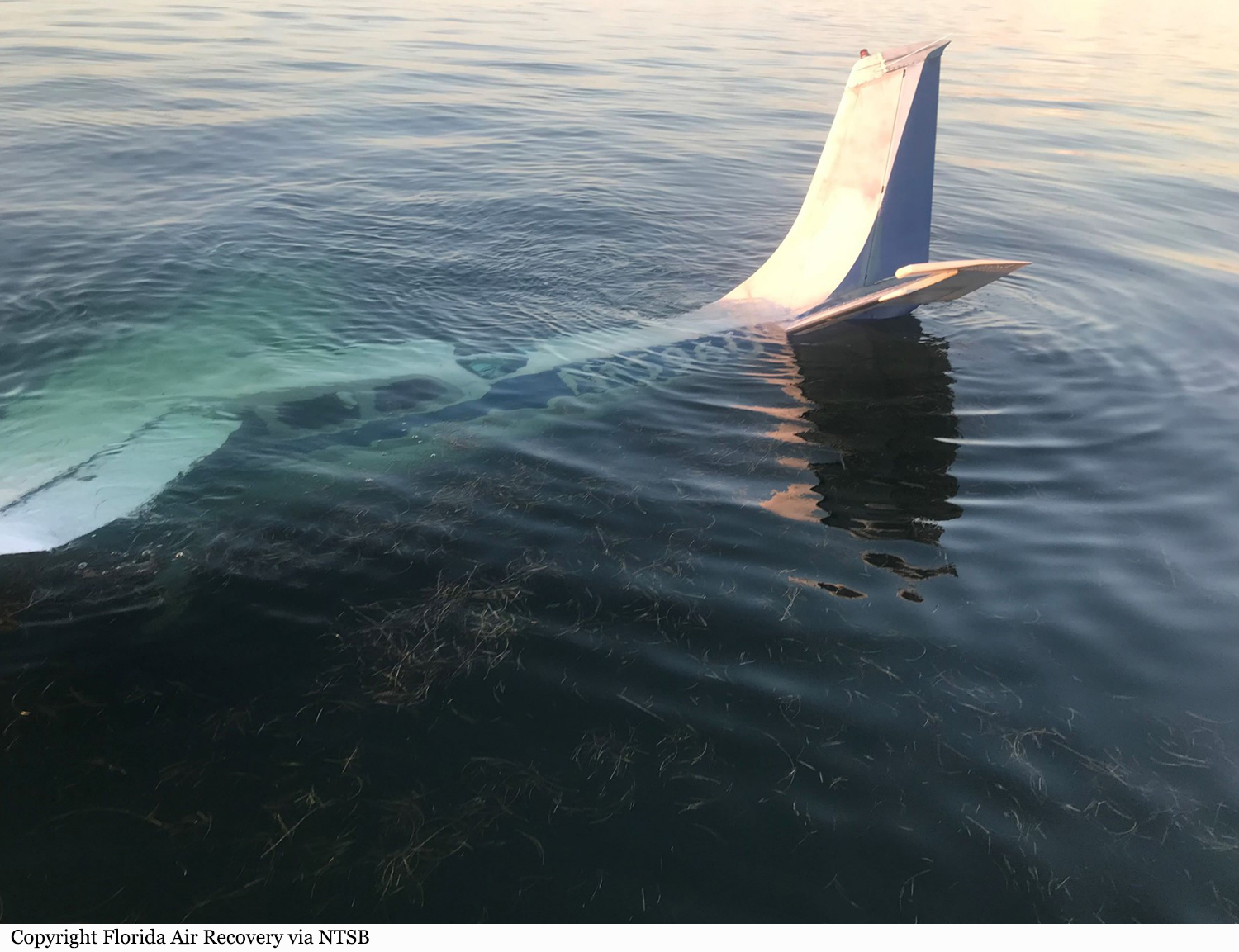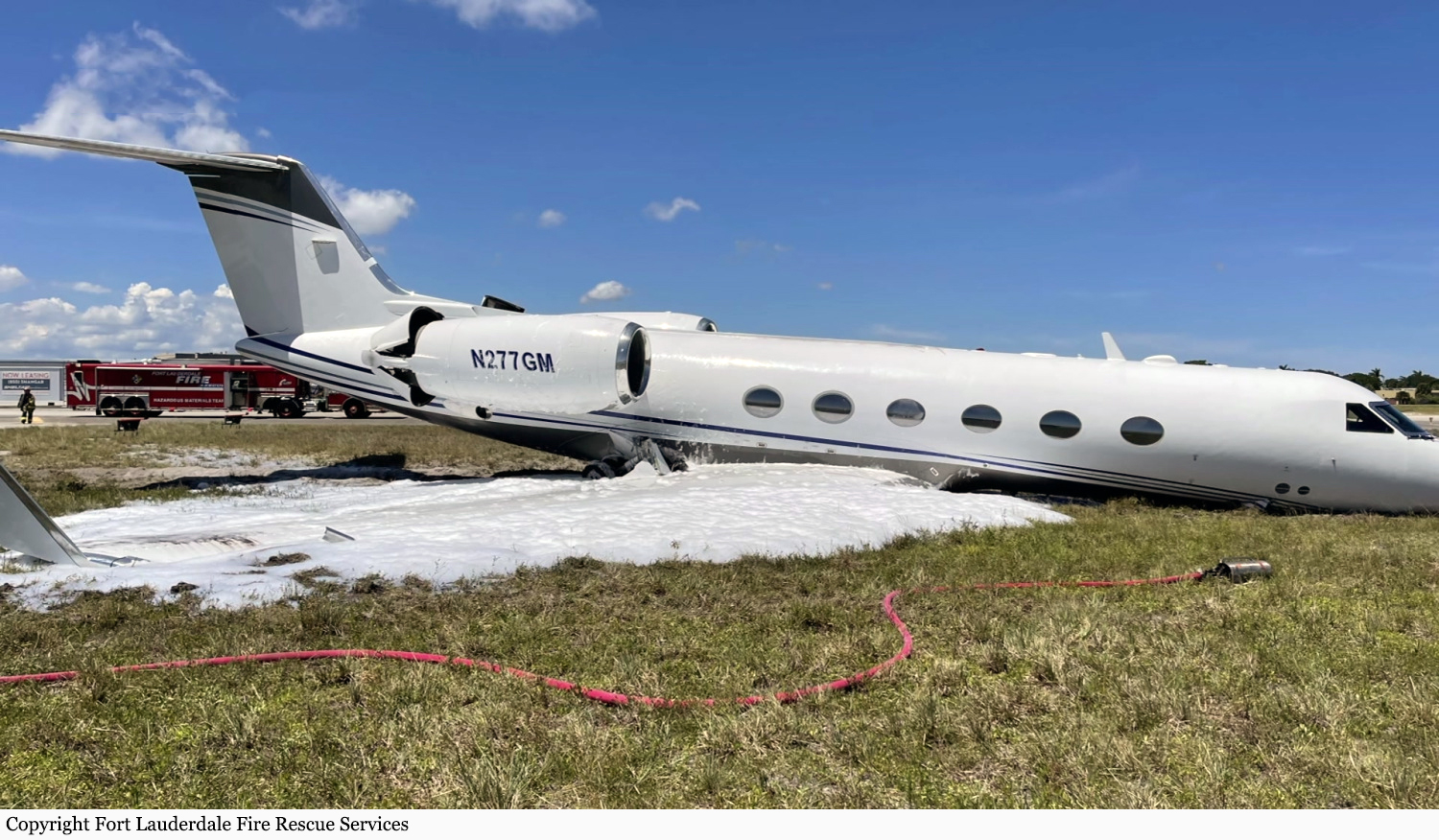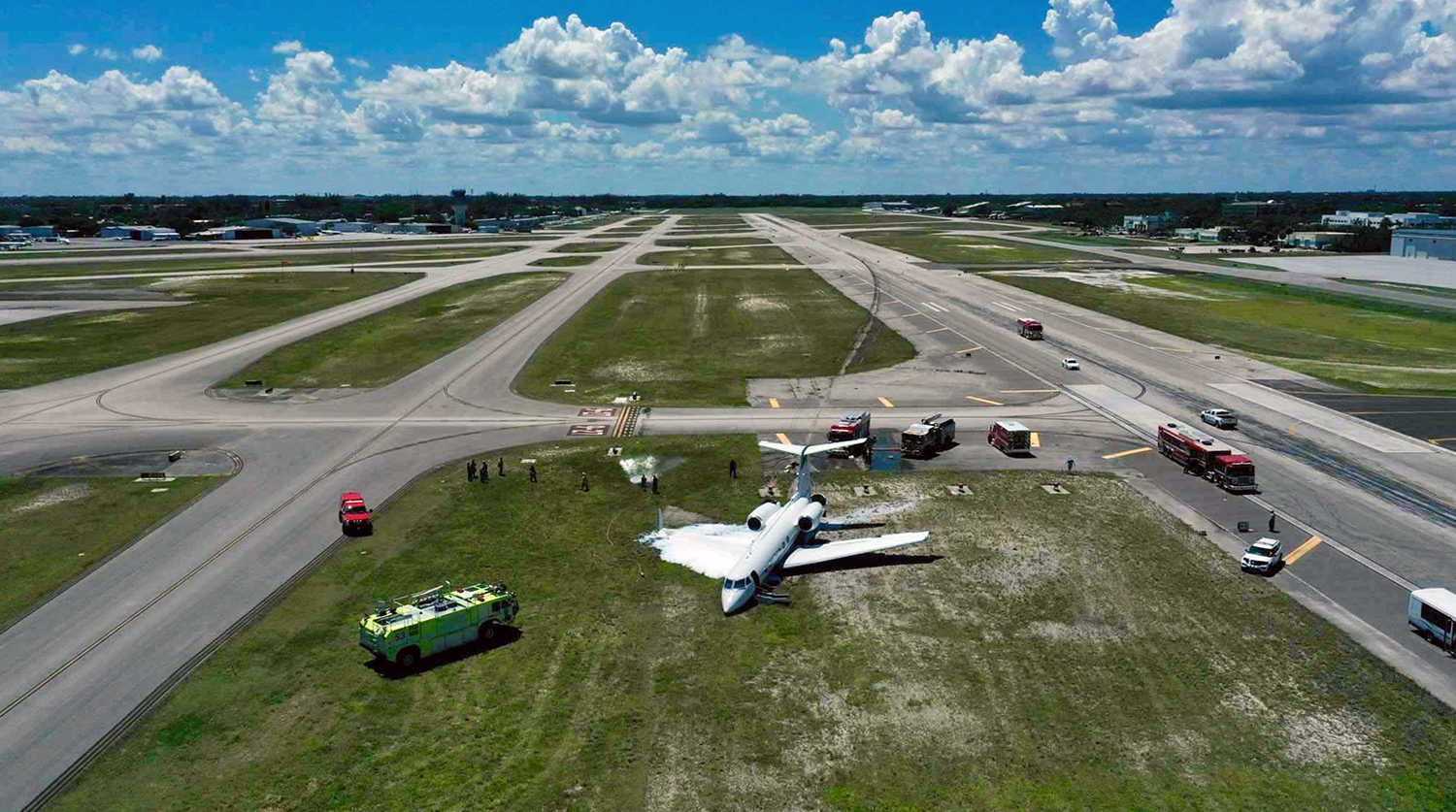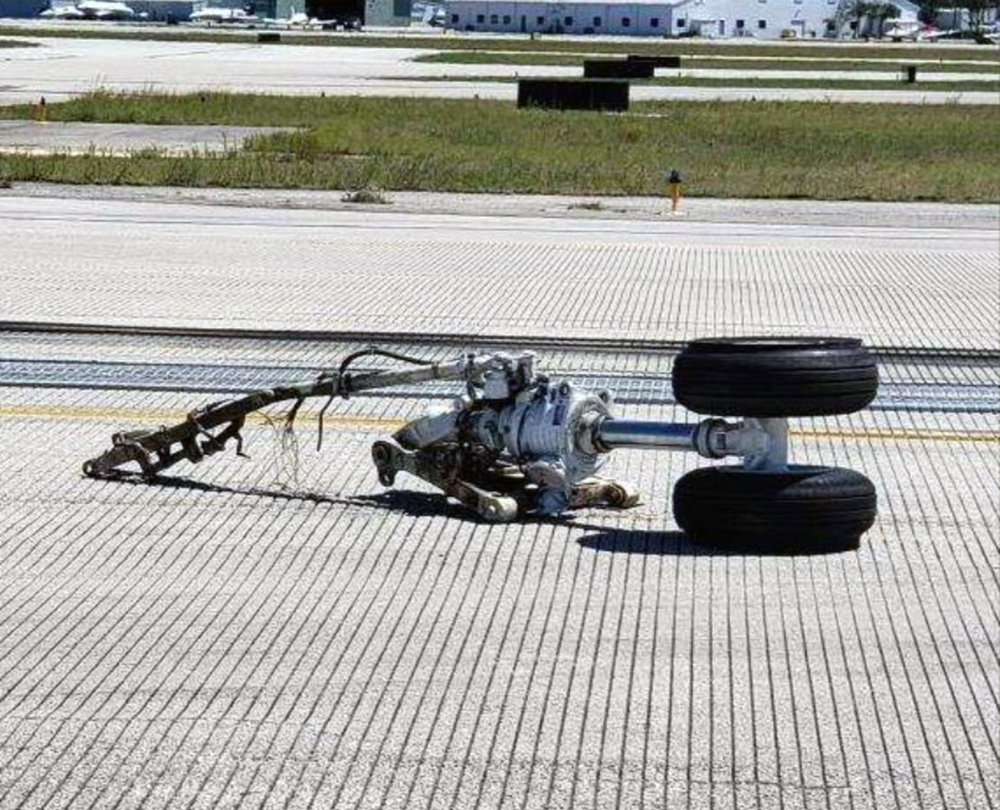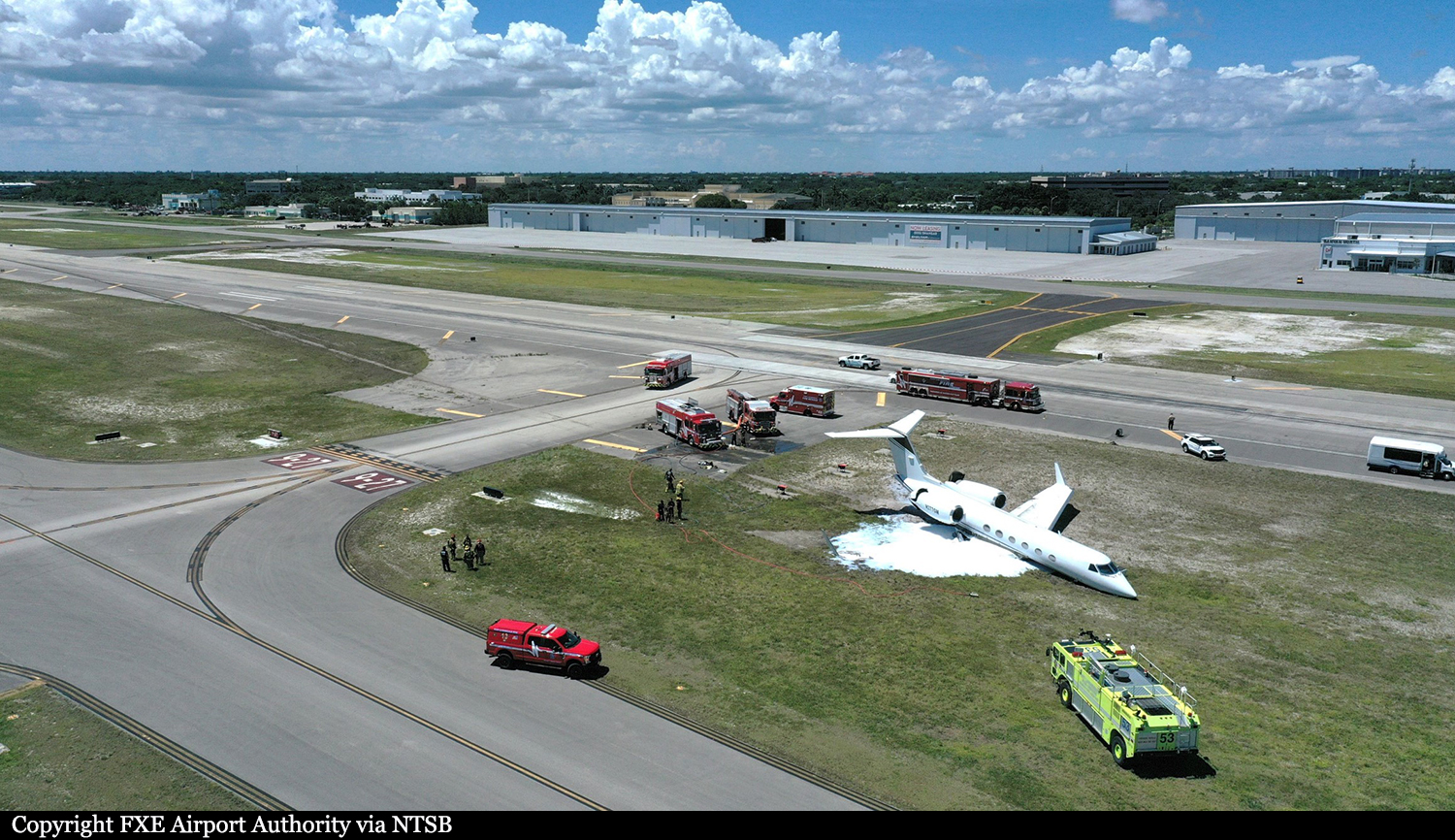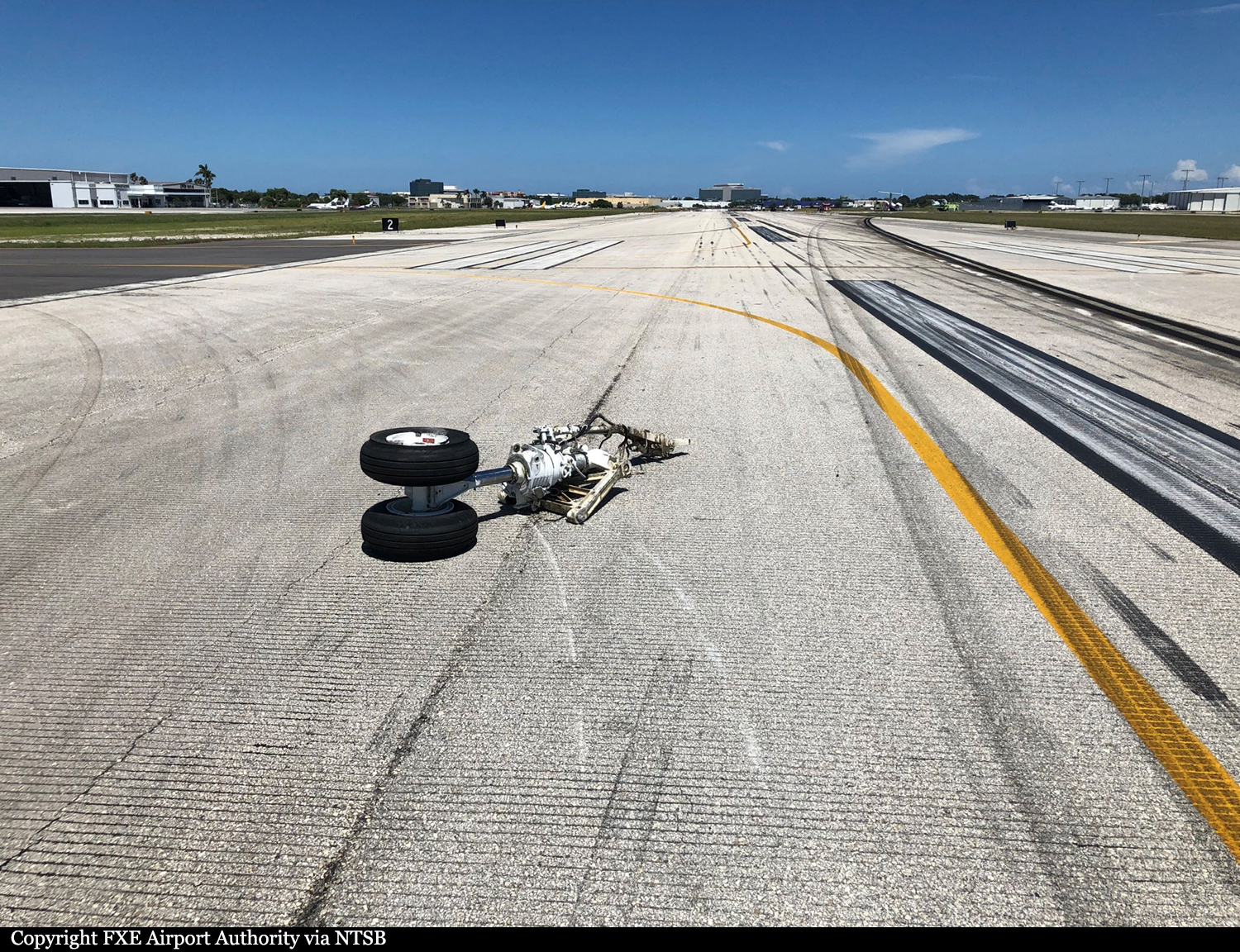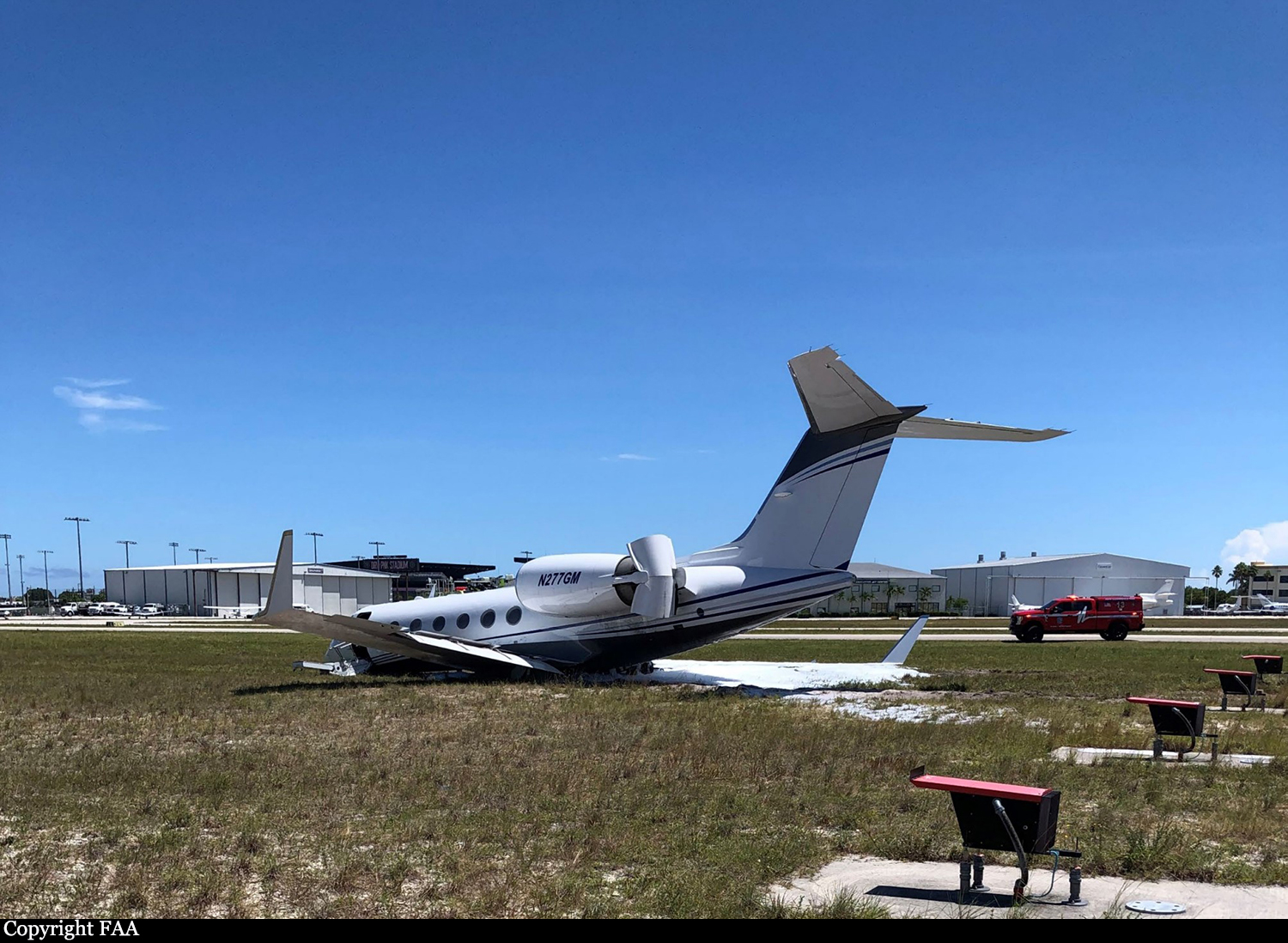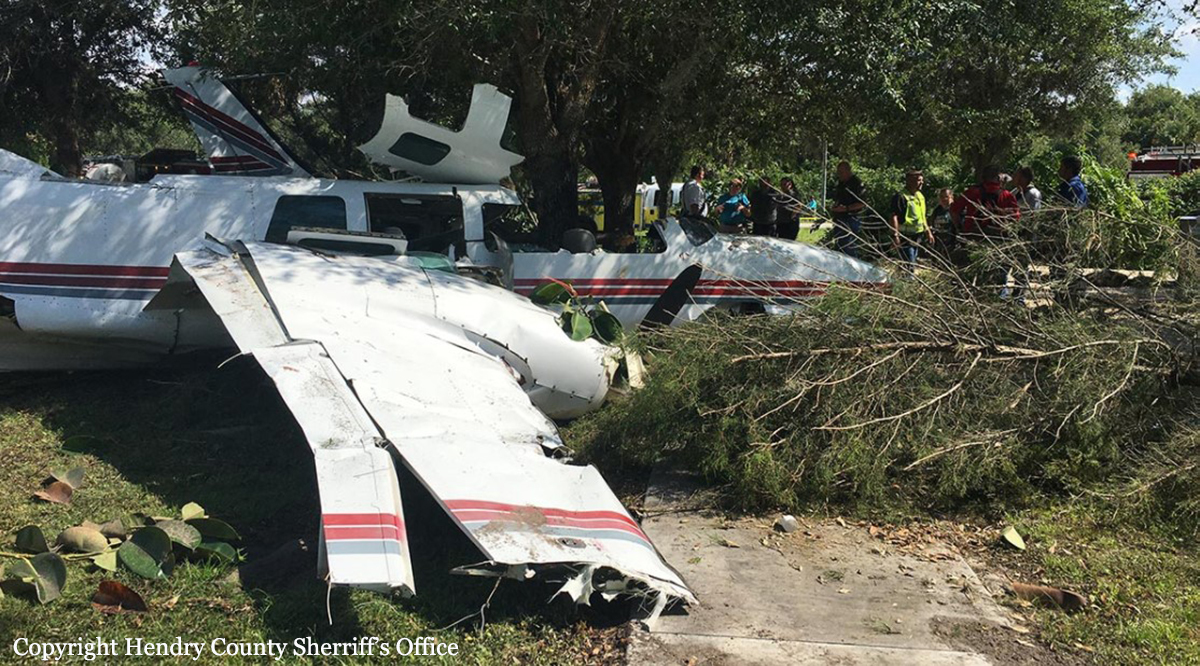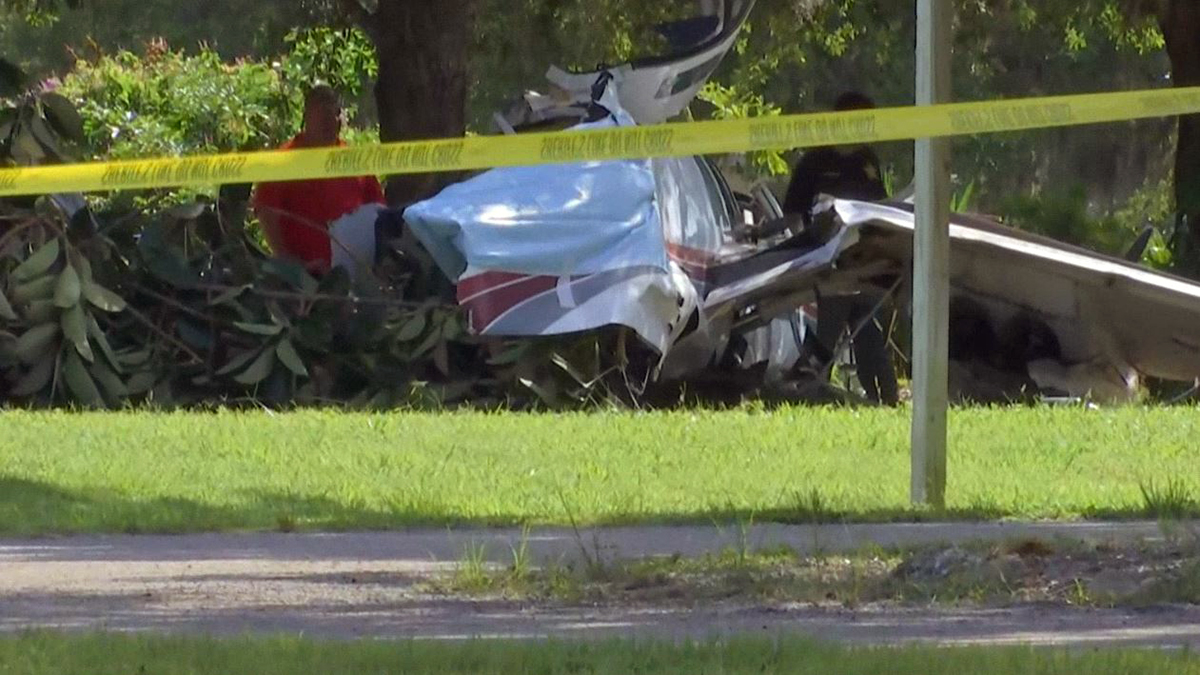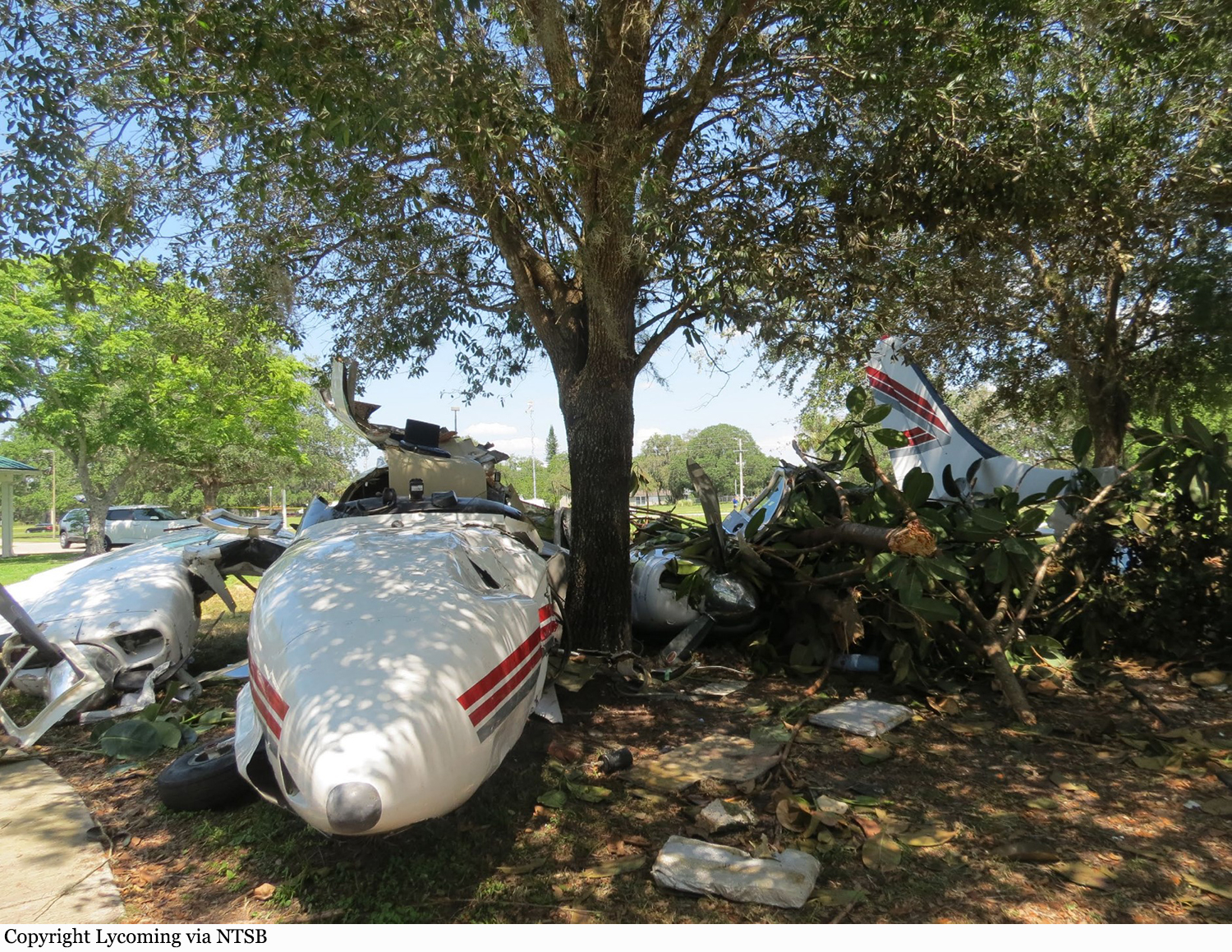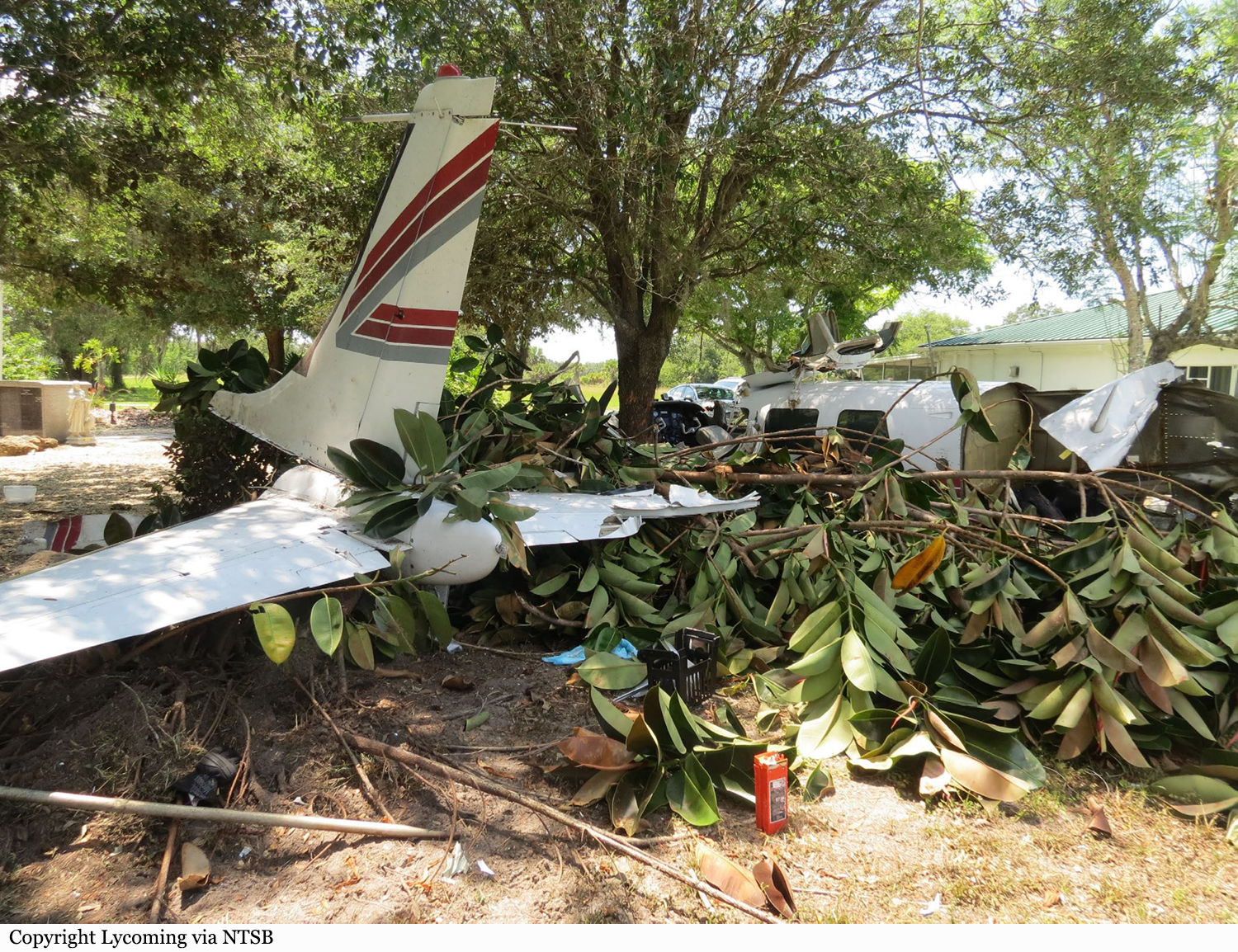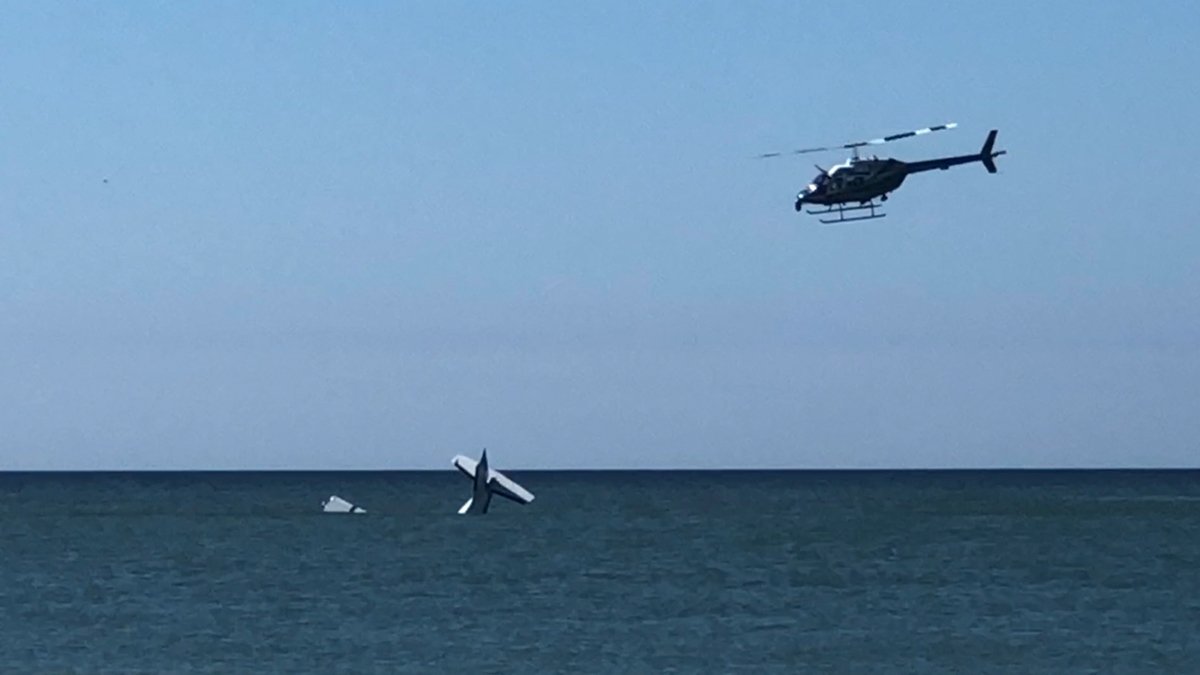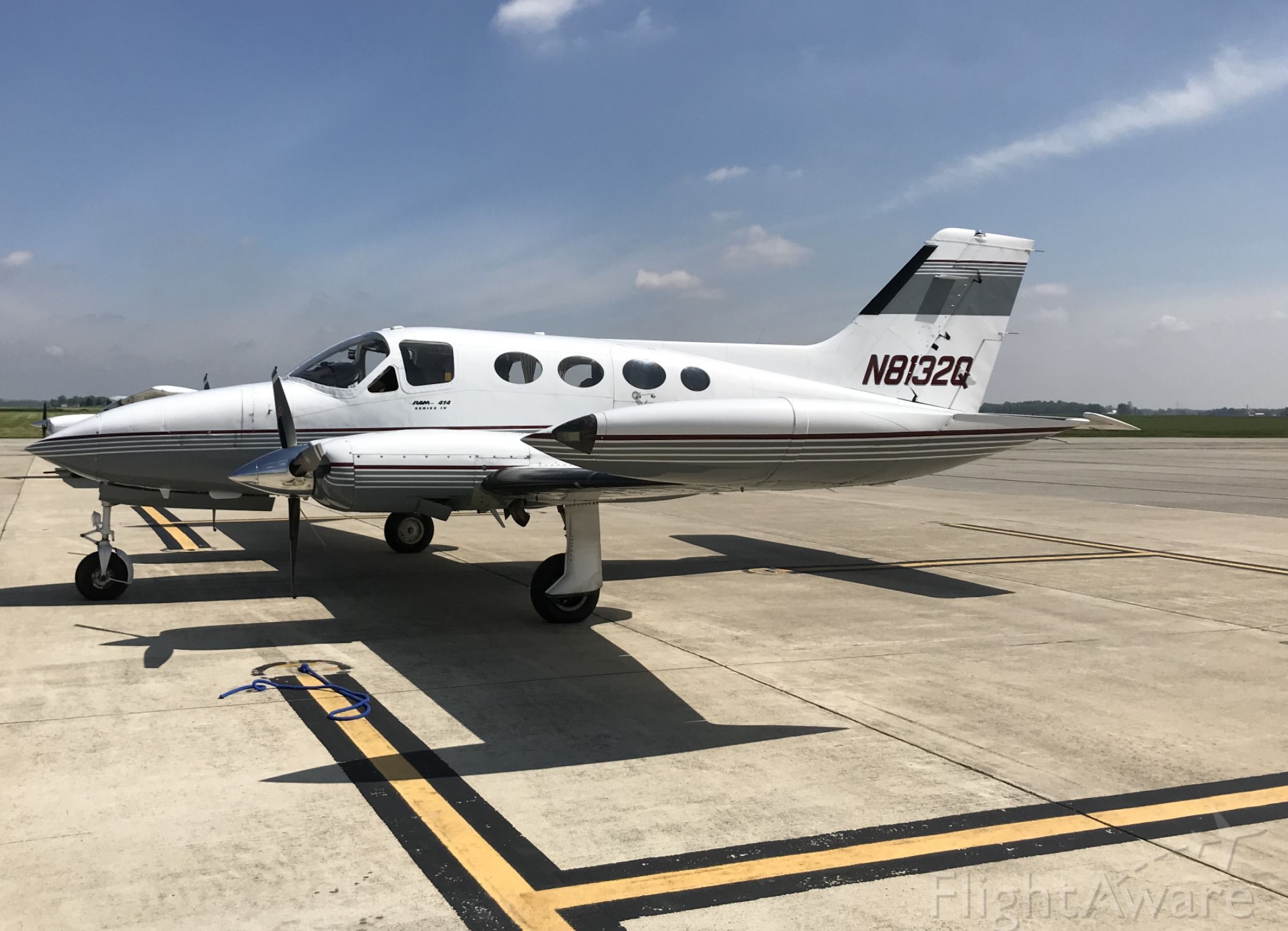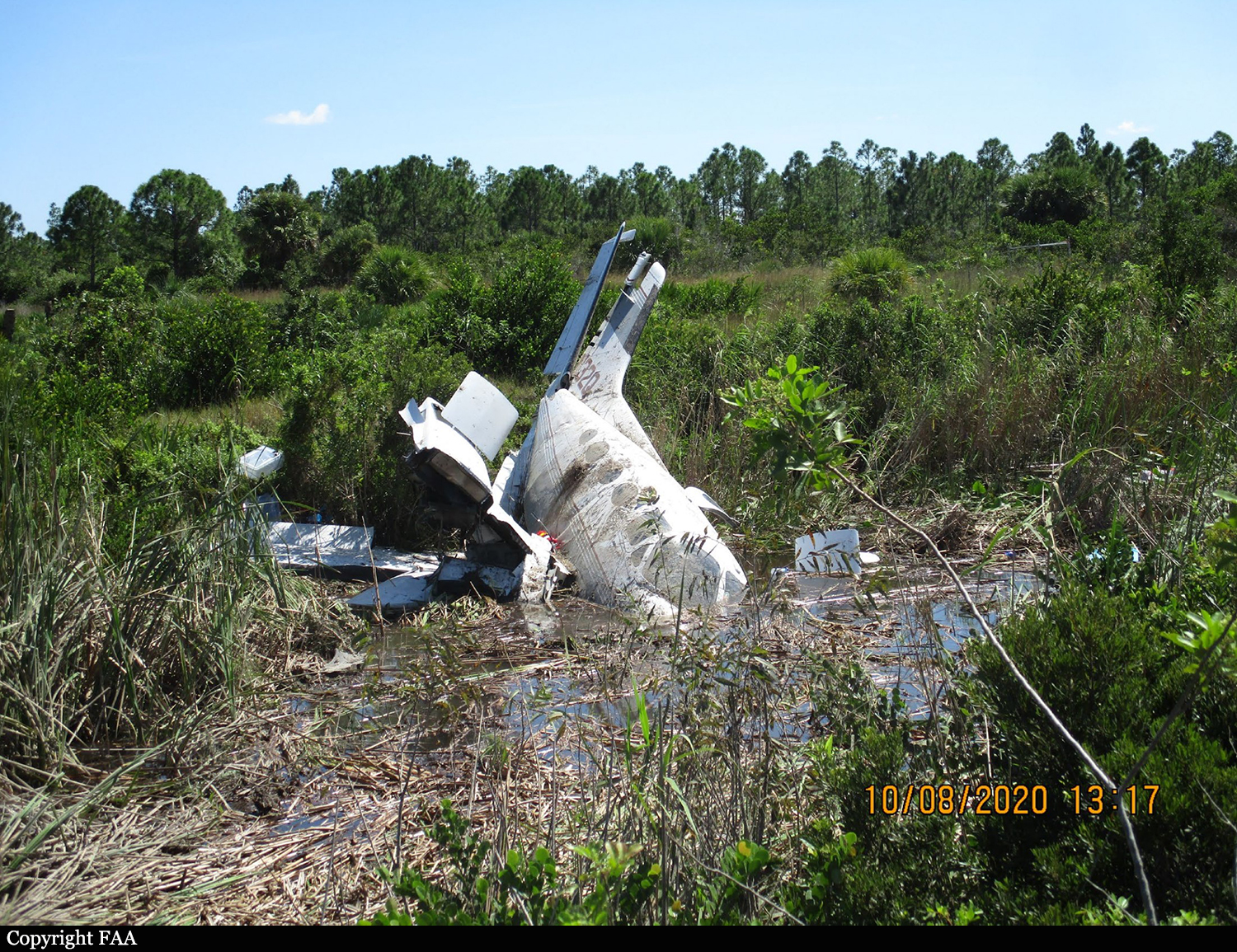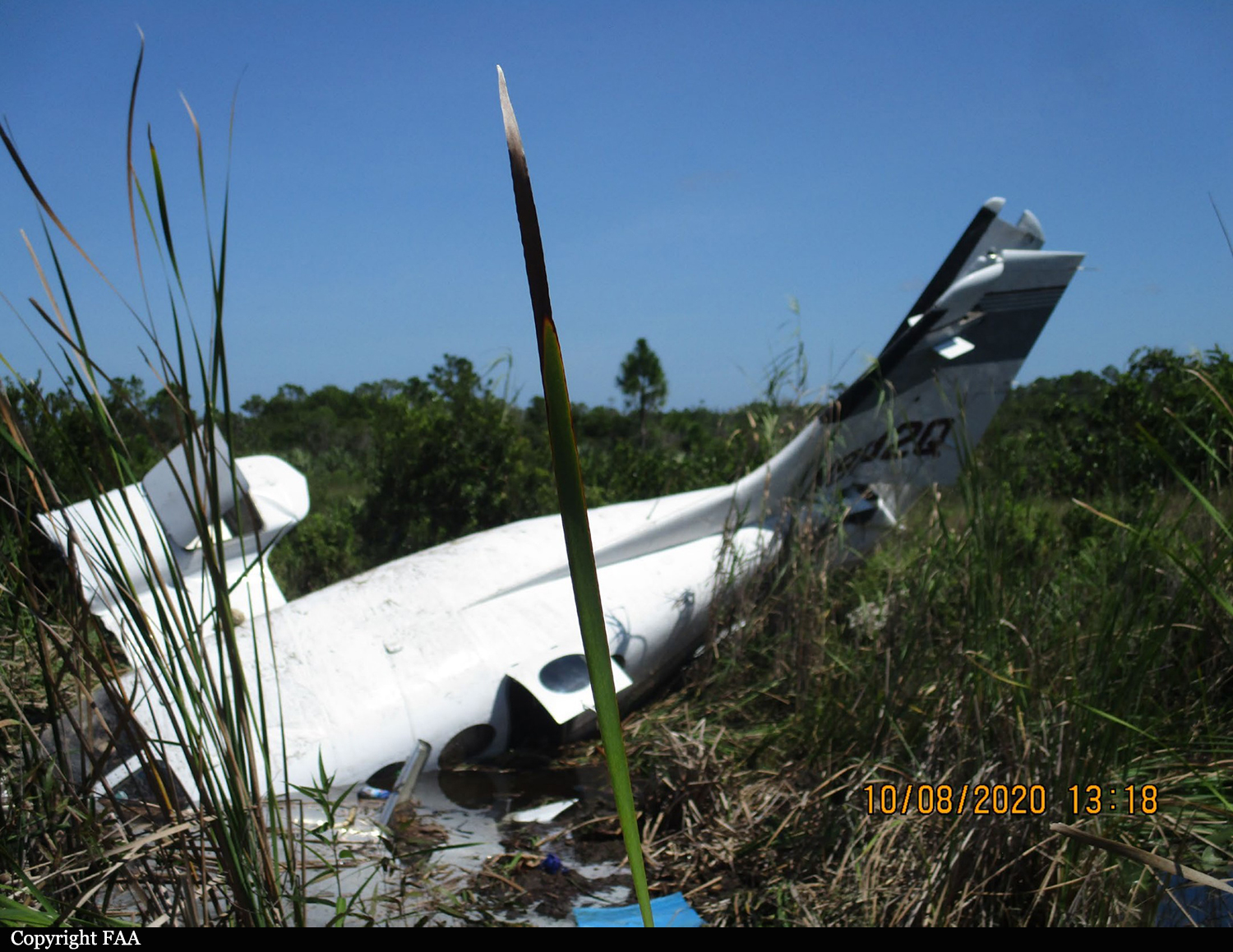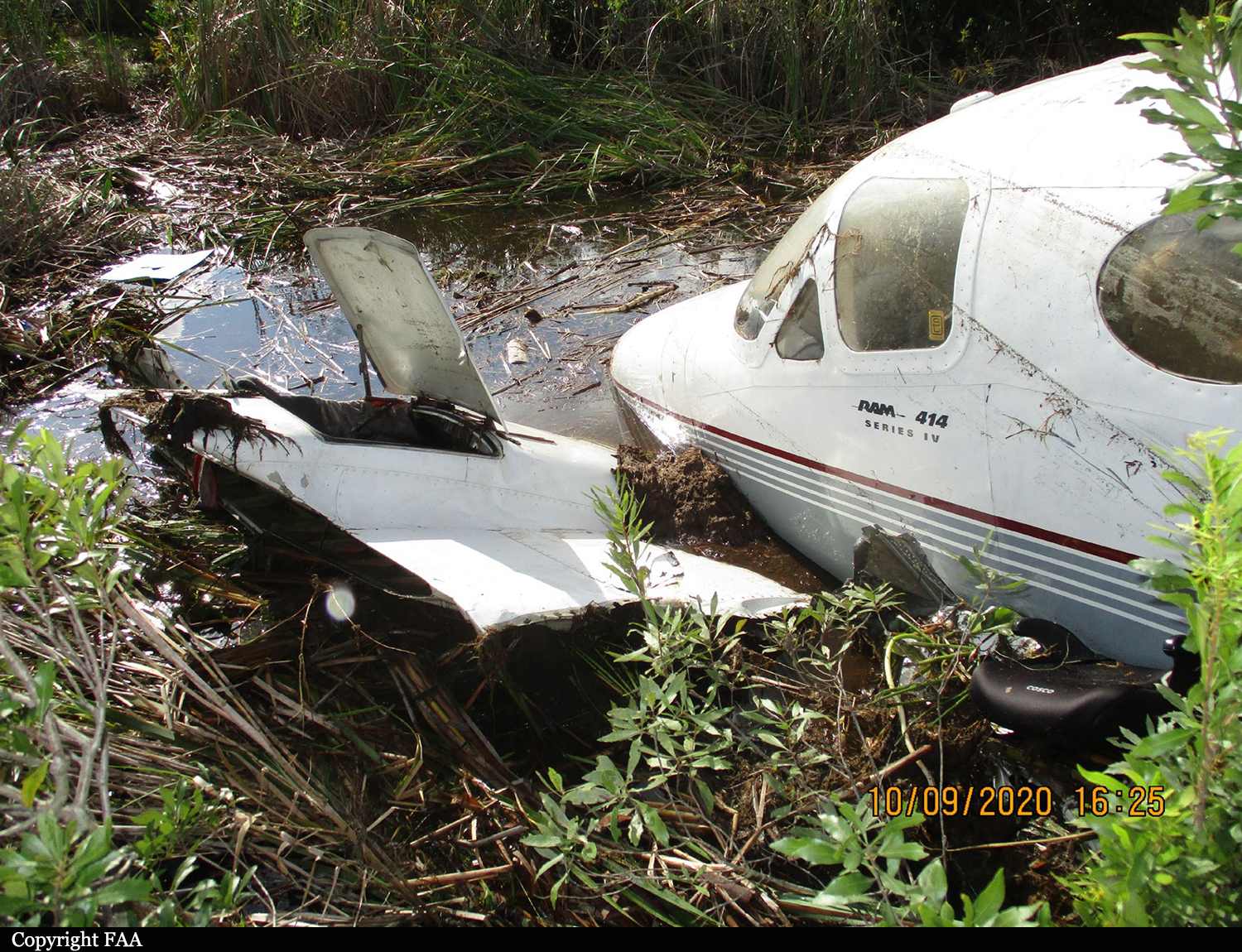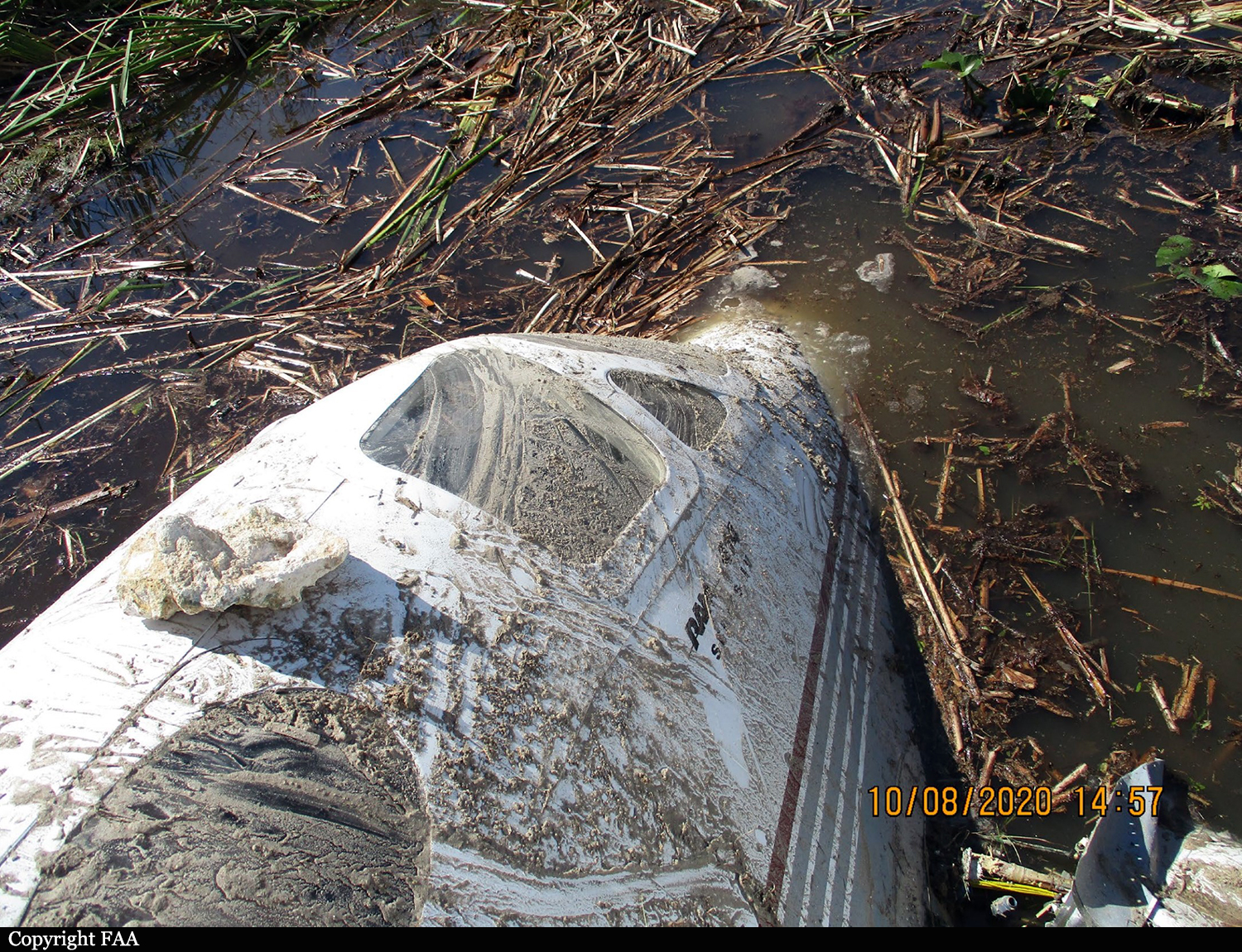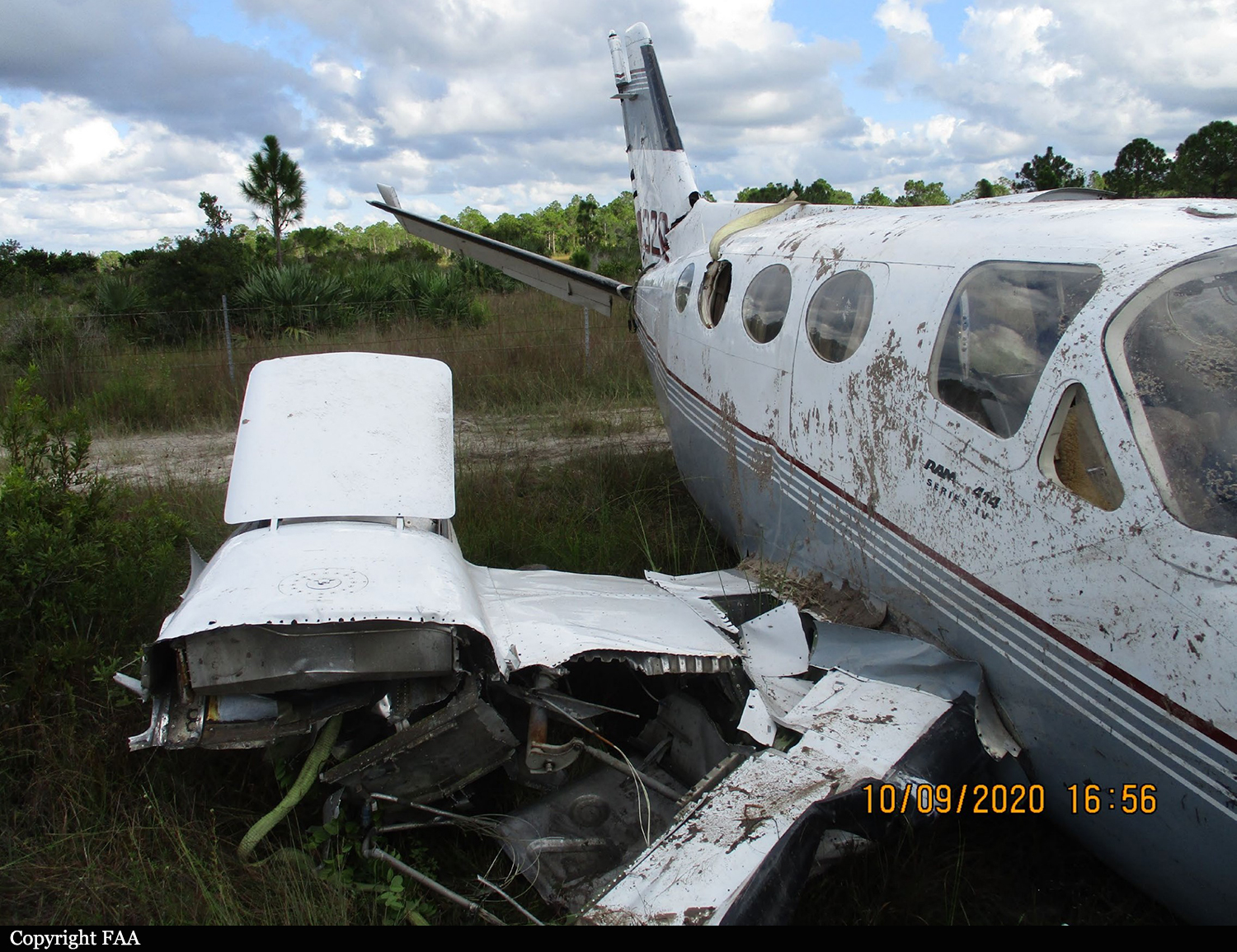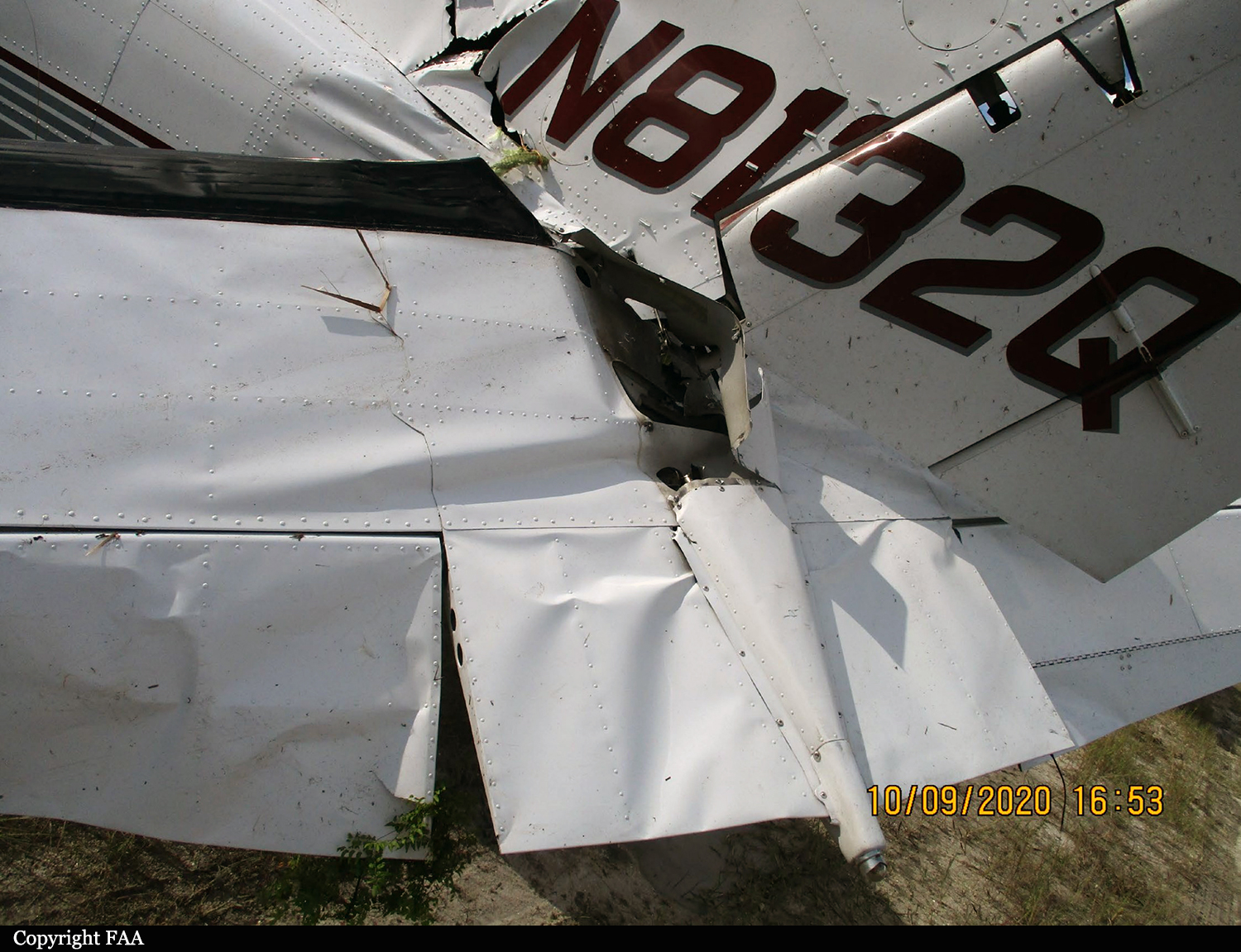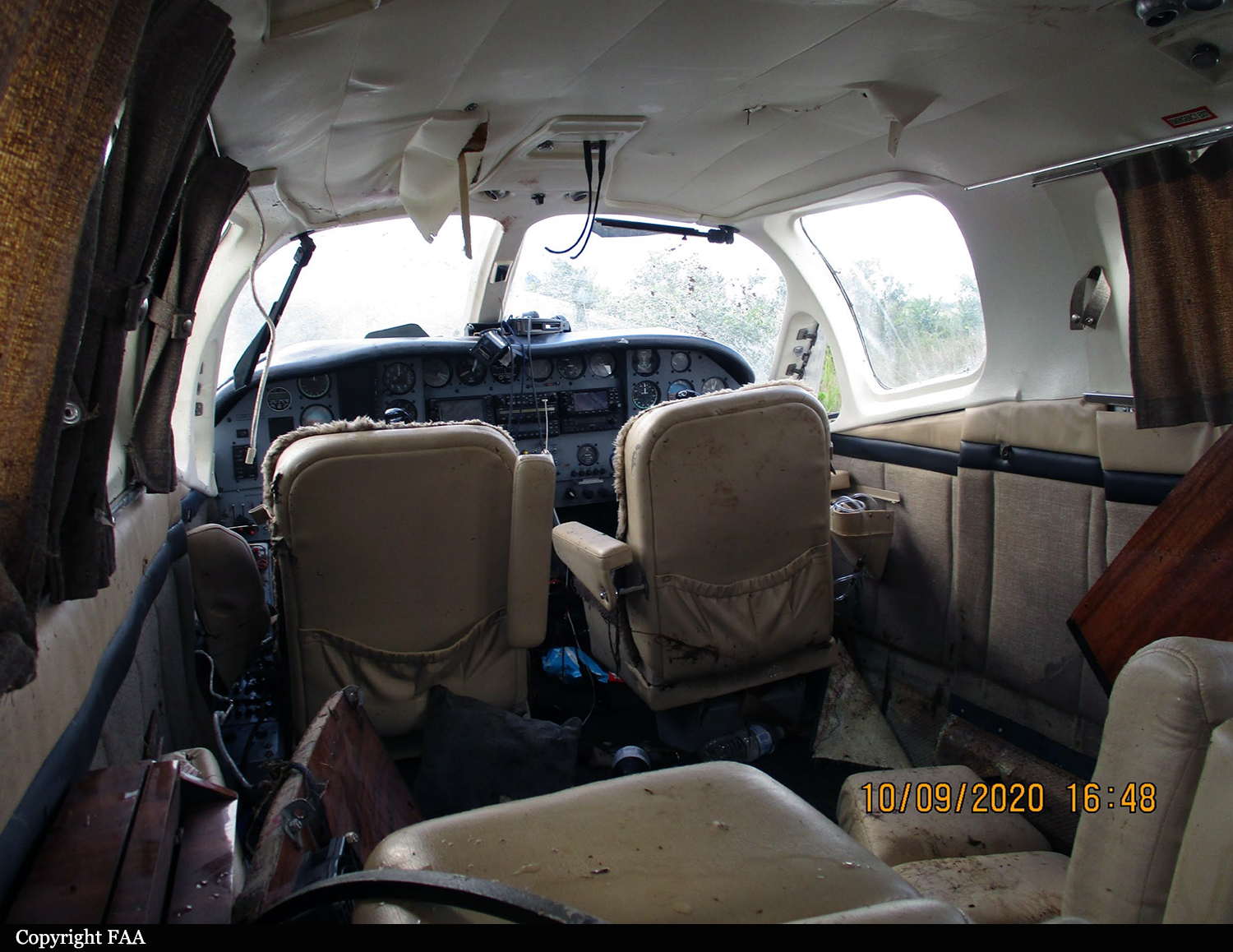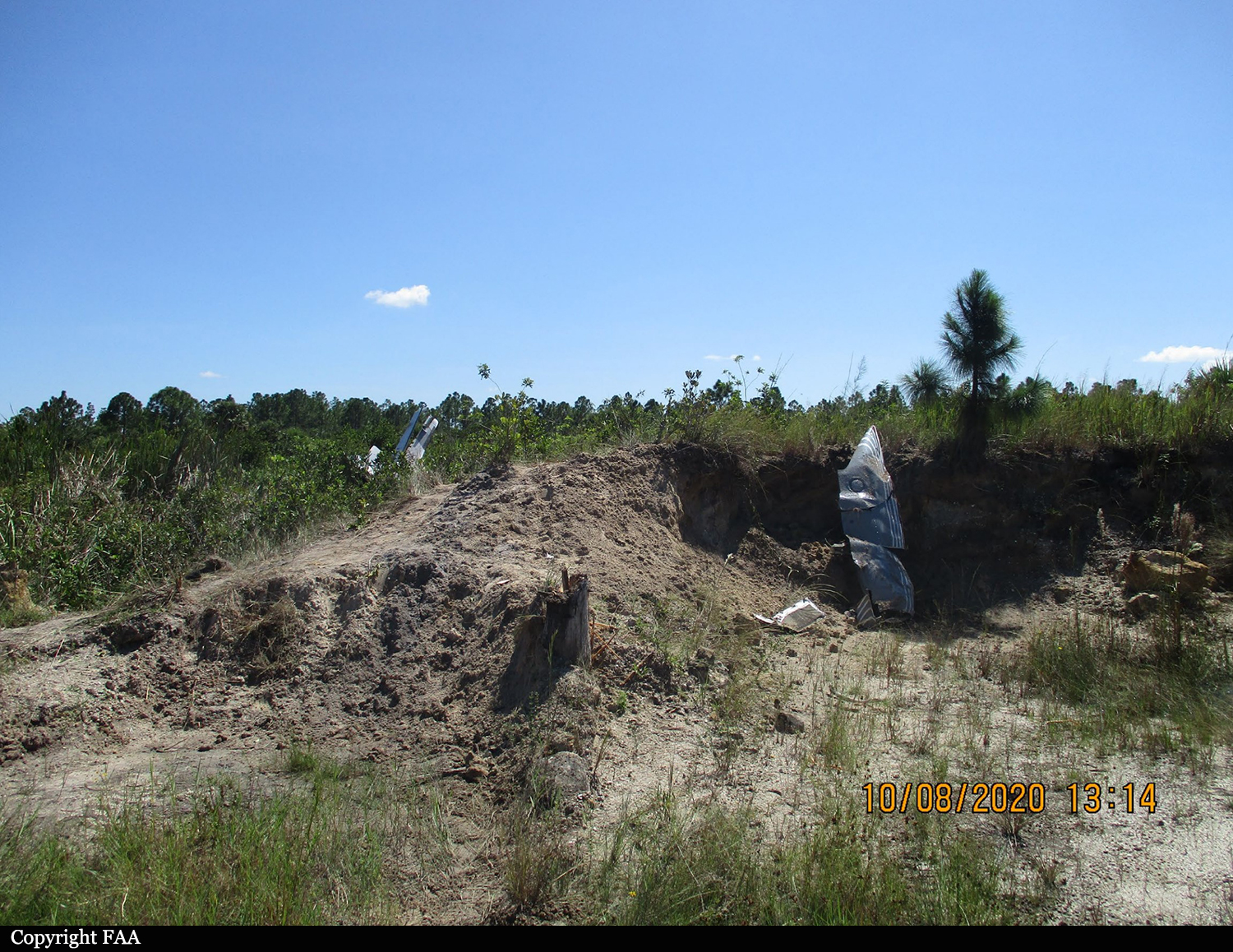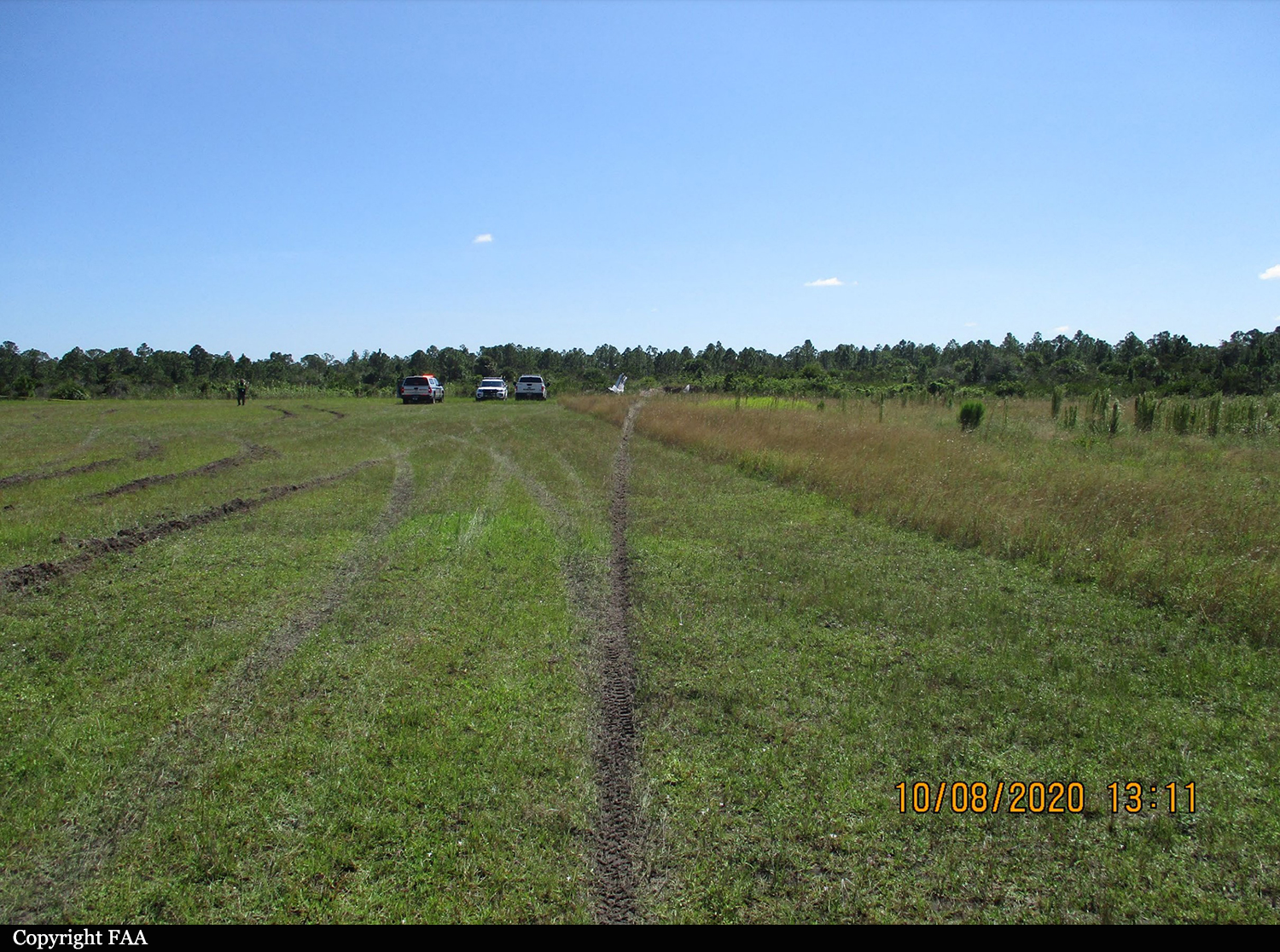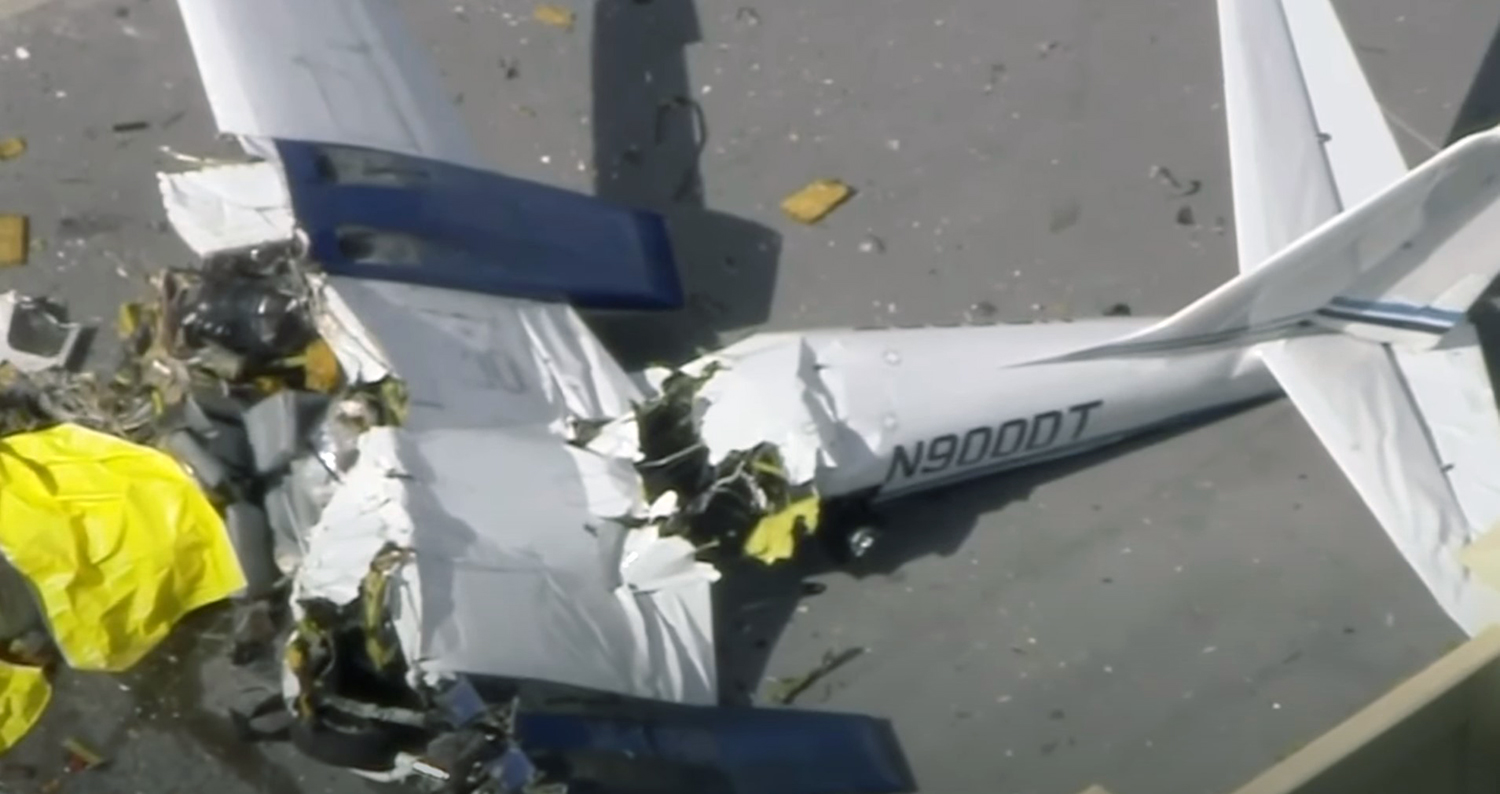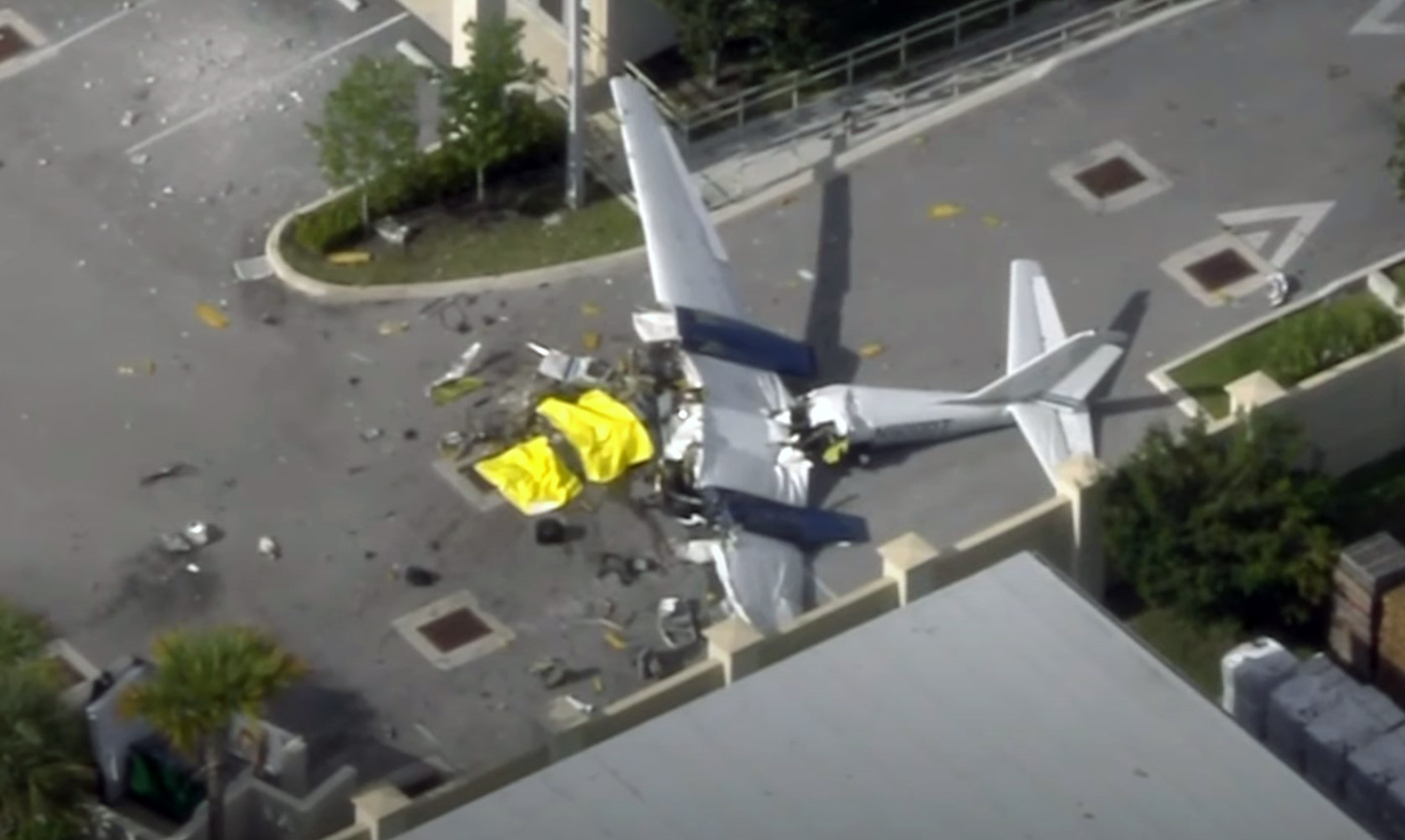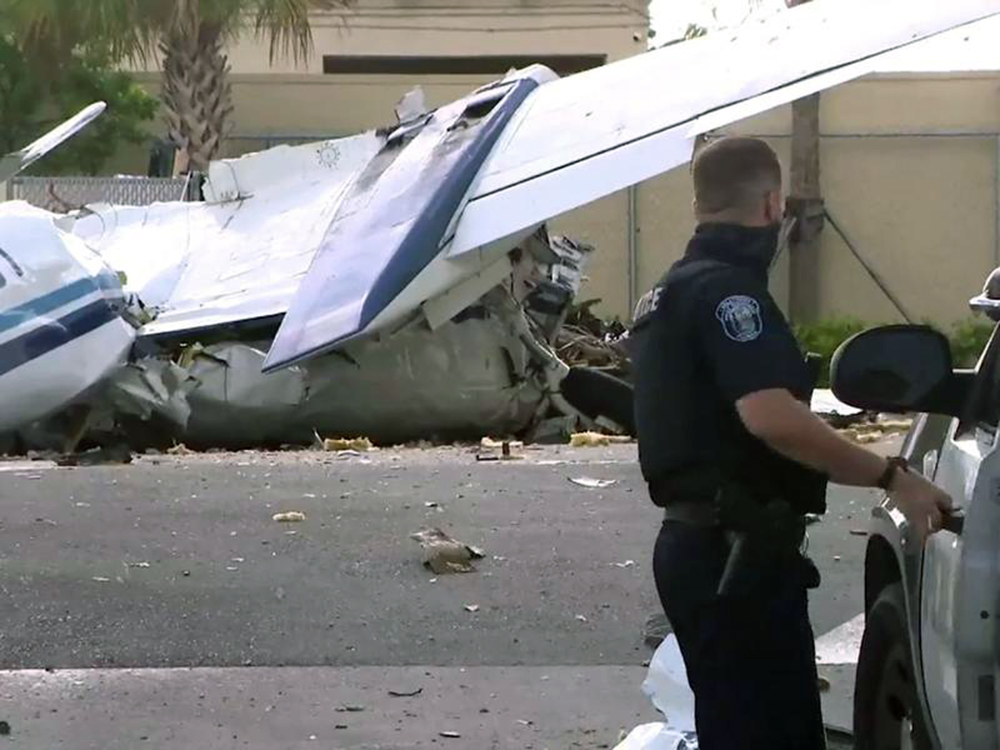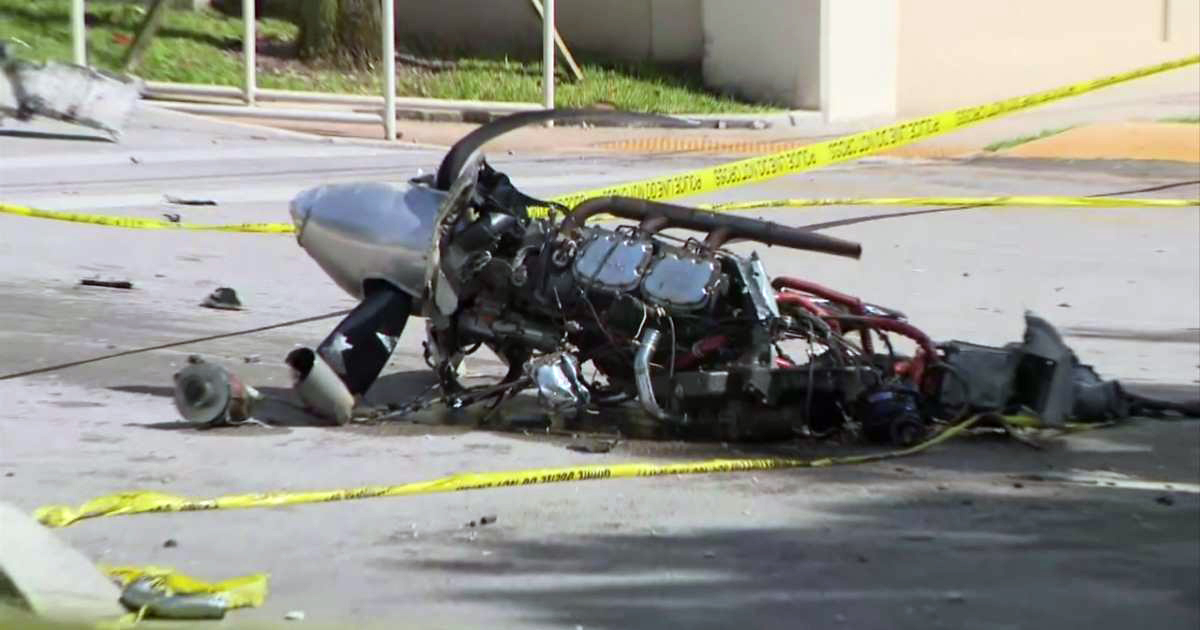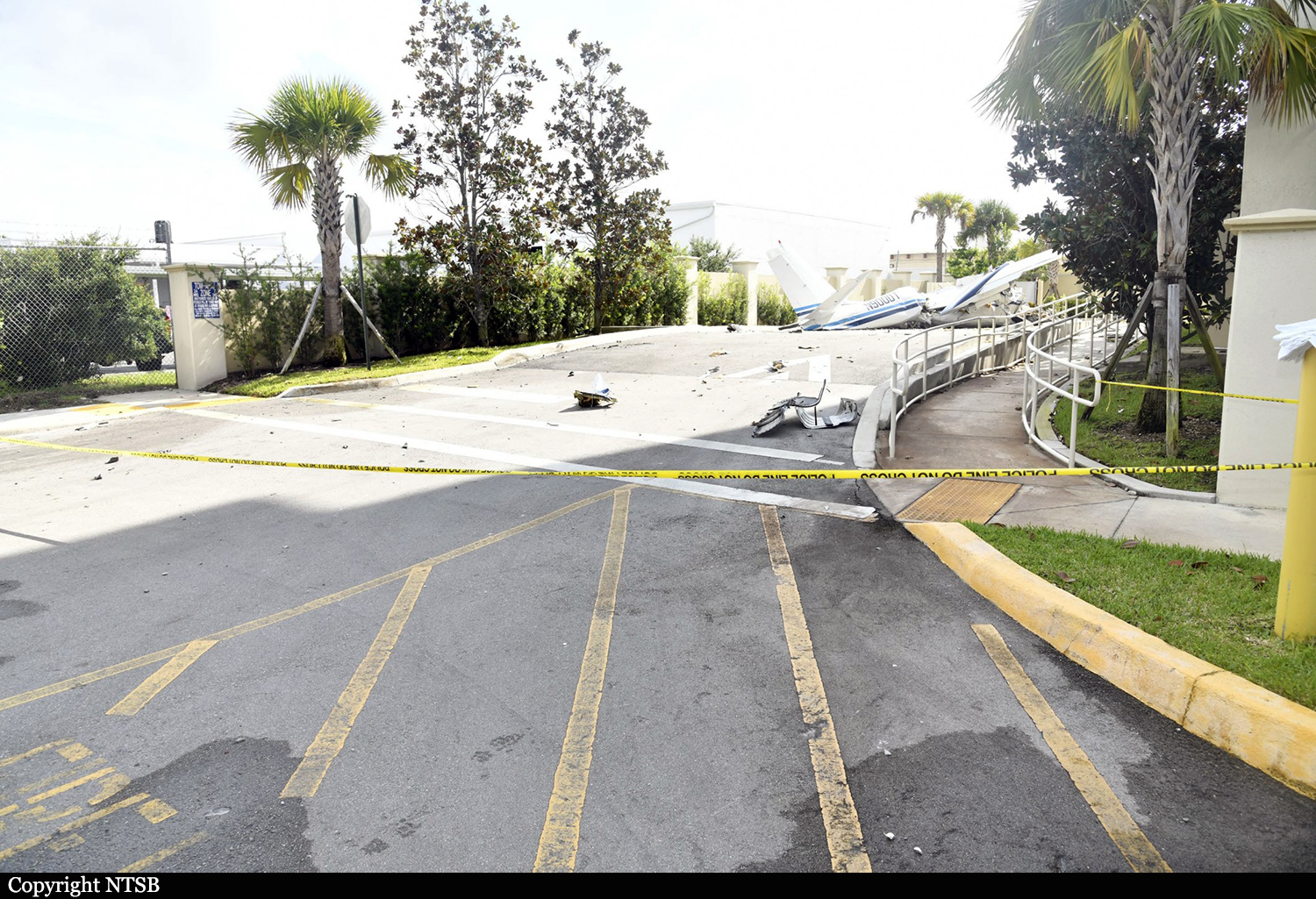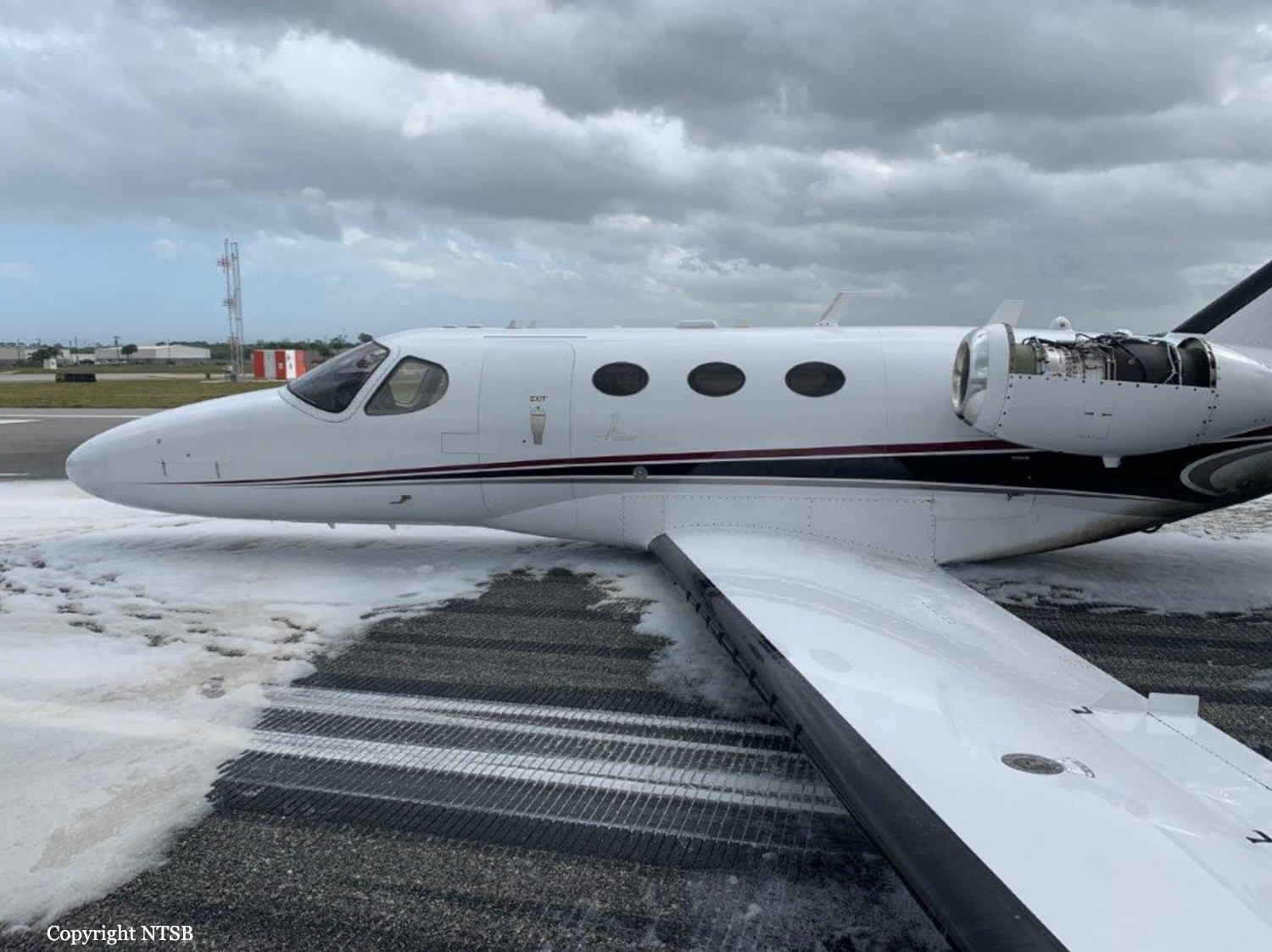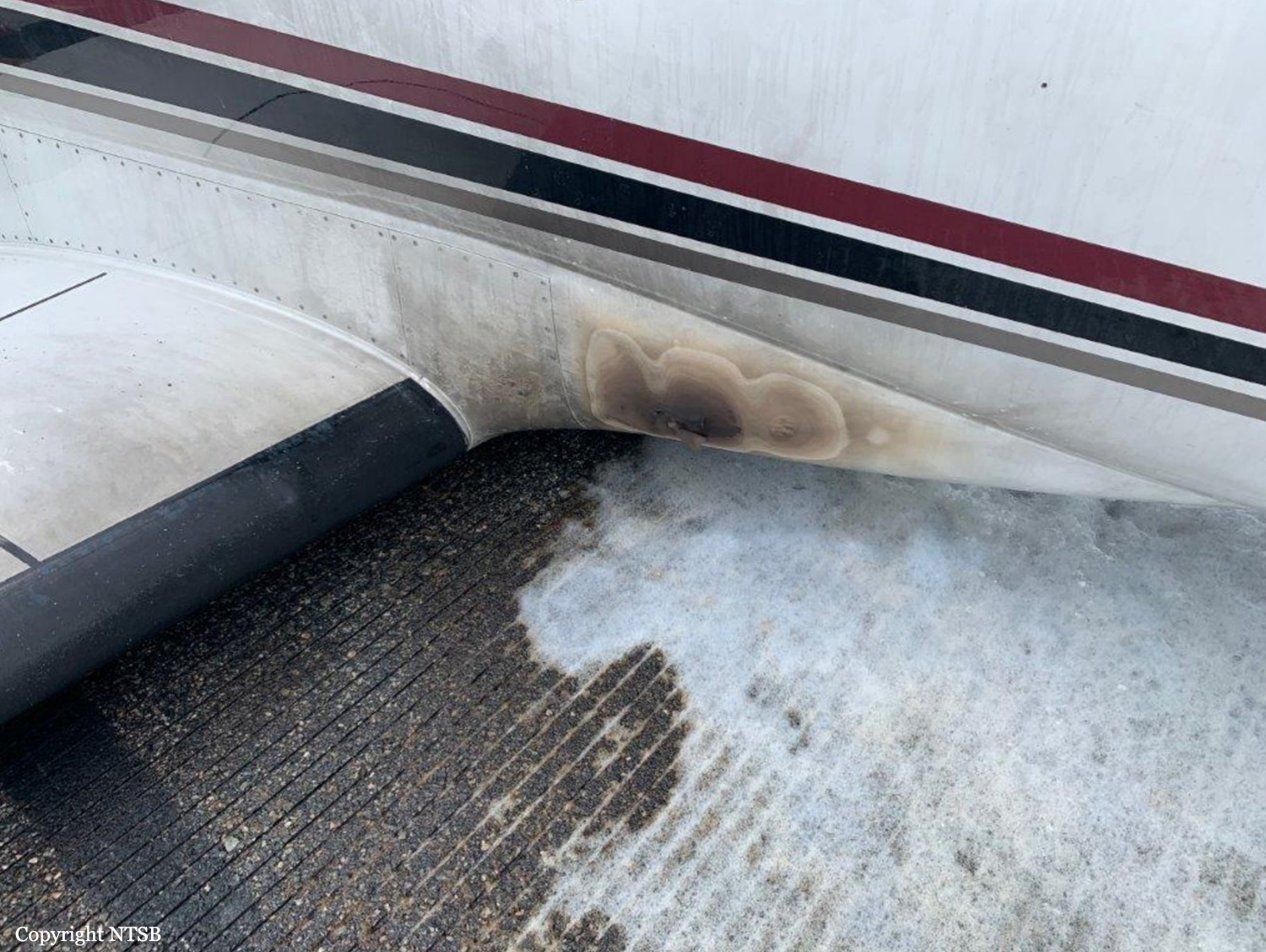Crash of a Cirrus Vision SF50 in Kissimmee
Date & Time:
Sep 9, 2022 at 1502 LT
Registration:
N77VJ
Survivors:
Yes
Schedule:
Miami - Kissimmee
MSN:
88
YOM:
2018
Crew on board:
1
Crew fatalities:
Pax on board:
2
Pax fatalities:
Other fatalities:
Total fatalities:
0
Captain / Total hours on type:
325.00
Aircraft flight hours:
645
Circumstances:
The pilot obtained multiple preflight weather briefings that resulted in him delaying the flight’s departure until the afternoon. After departure, while near his intended destination, the pilot was twice advised by air traffic controllers of adverse weather, including heavy to extreme precipitation along the intended final approach. While in visual meteorological conditions the pilot requested an RNAV approach to his destination airport. While flying towards the final approach fix at a low thrust setting the autopilot attempted to maintain 2,000 ft while pitching up and slowing to about 100 knots, causing an airspeed aural warning. The pilot applied partial thrust and while in instrument meteorological conditions the flight encountered extreme precipitation and turbulence associated with the previously reported thunderstorm. The pilot turned off the autopilot; the airplane then climbed at a rate that was well beyond the performance capability of the airplane, likely caused by updrafts from the mature thunderstorm and application of takeoff thrust. The High Electronic Stability & Protection (ESP) engaged, pitching the airplane nose-down coupled with the pilot pushing the control stick forward. The airplane then began descending followed by pitching up and climbing again. The pilot pulled the Cirrus Airframe Parachute System (CAPS) and descended under canopy into a marsh but the airplane was dragged a short distance from wind that inflated the CAPS canopy. Post accident examination of the recovered airplane revealed substantial damage to the front pressure bulkhead and to both sides of the fuselage immediately behind the front pressure bulkhead. There was no evidence of preimpact failure or malfunction of the flight controls for roll, pitch, or yaw. Data downloaded from the Recoverable Data Module (RDM) revealed no faults with the autopilot or stability protection systems until the CAPS system was activated, when those recorded faults would have been expected. Further, there were no discrepancies with the engine. Although the pilot perceived a malfunction of the autopilot at several times during the final portion of the flight, the perceived autopilot discrepancies were likely normal system responses based on the autopilot mode changes.
Probable cause:
The pilot’s continuation of the instrument approach into known extreme precipitation and turbulence associated with a thunderstorm, resulting in excessive altitude deviations that required him to activate the Cirrus Airframe Parachute System.
Final Report:

